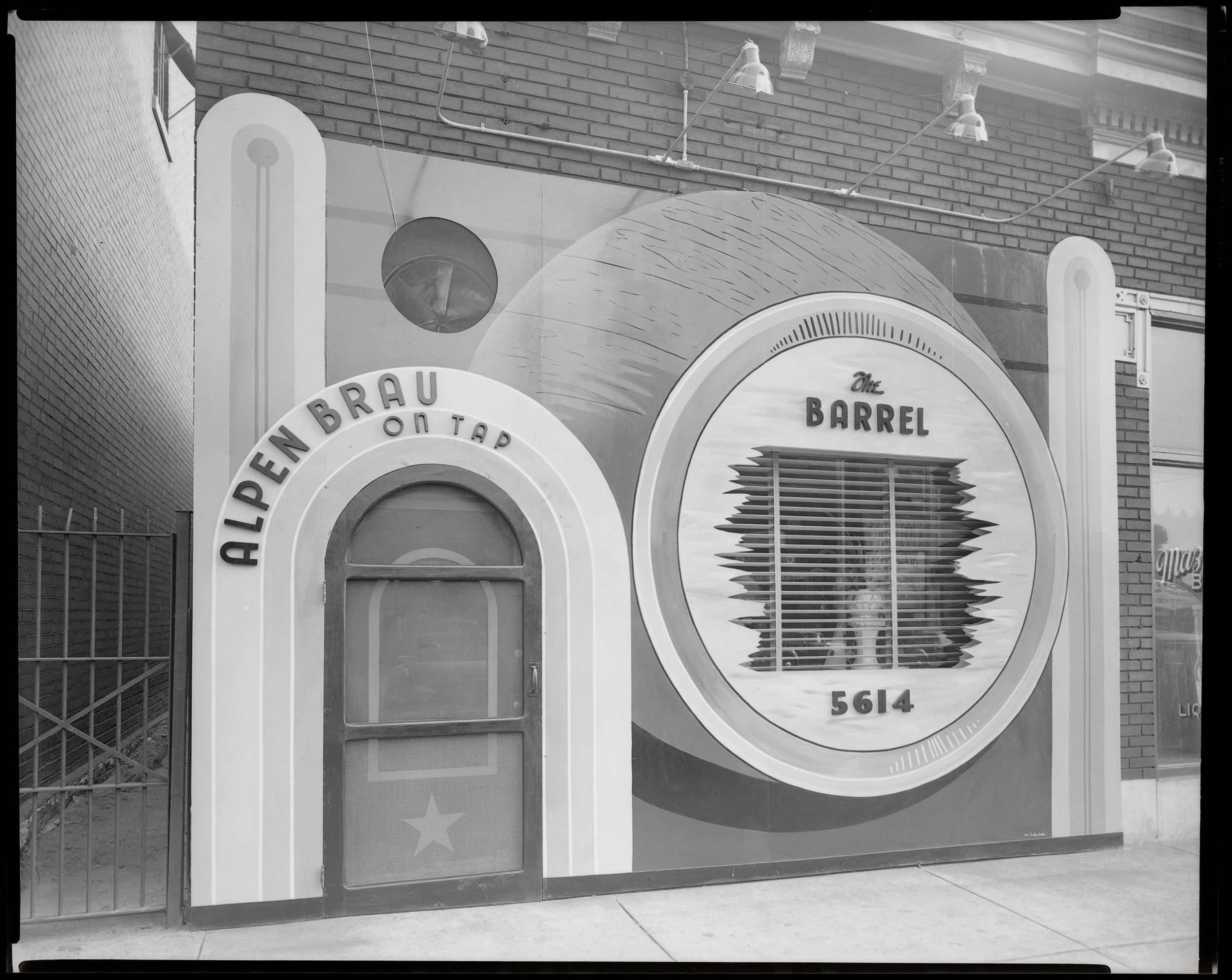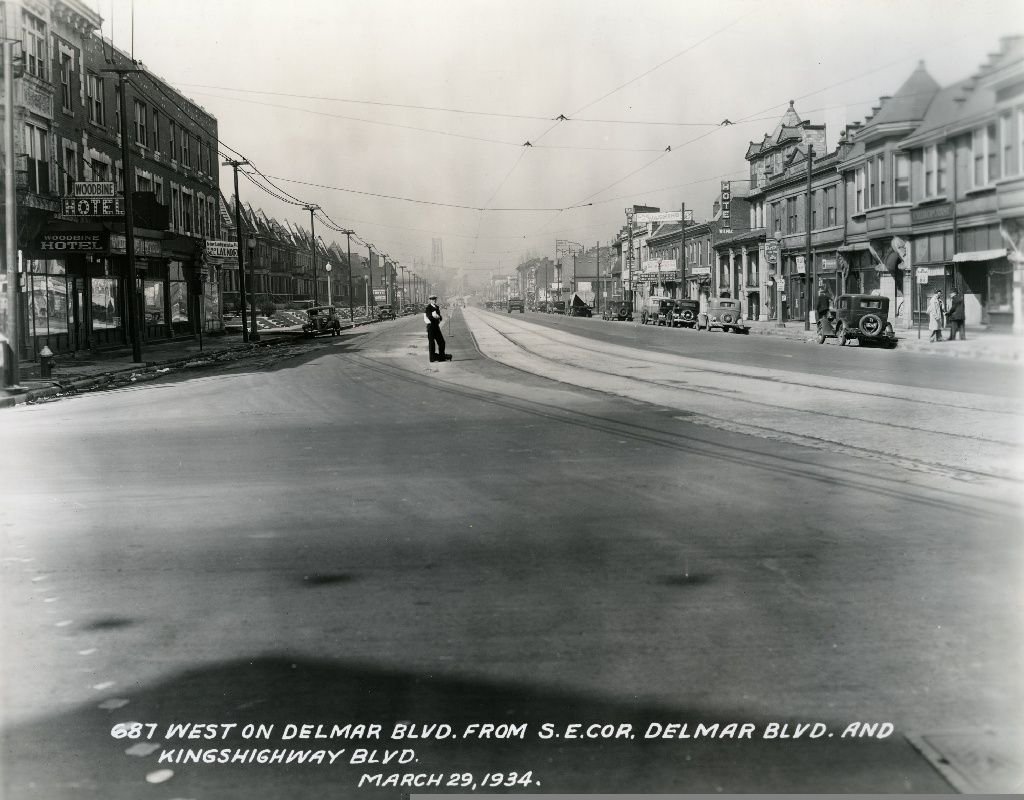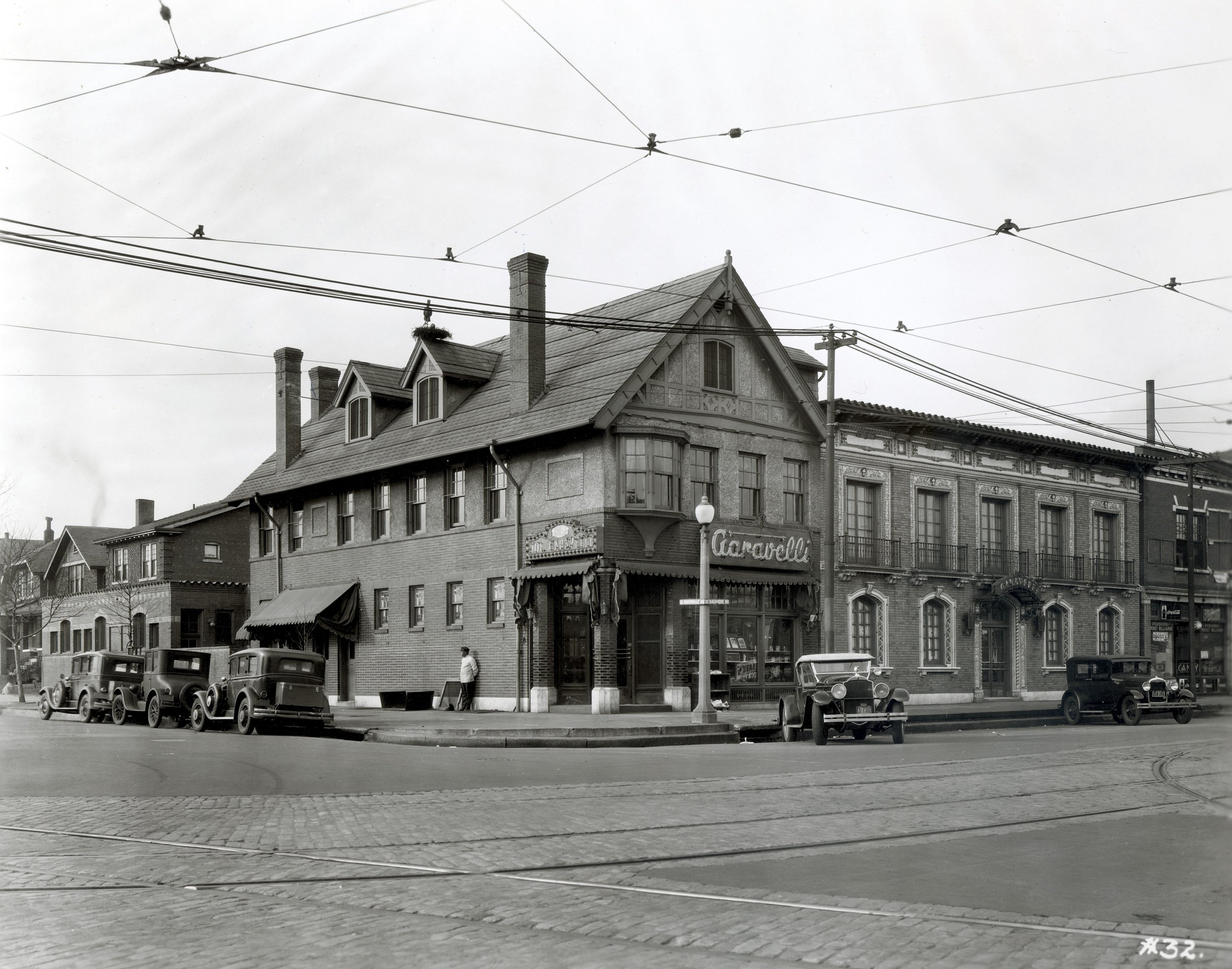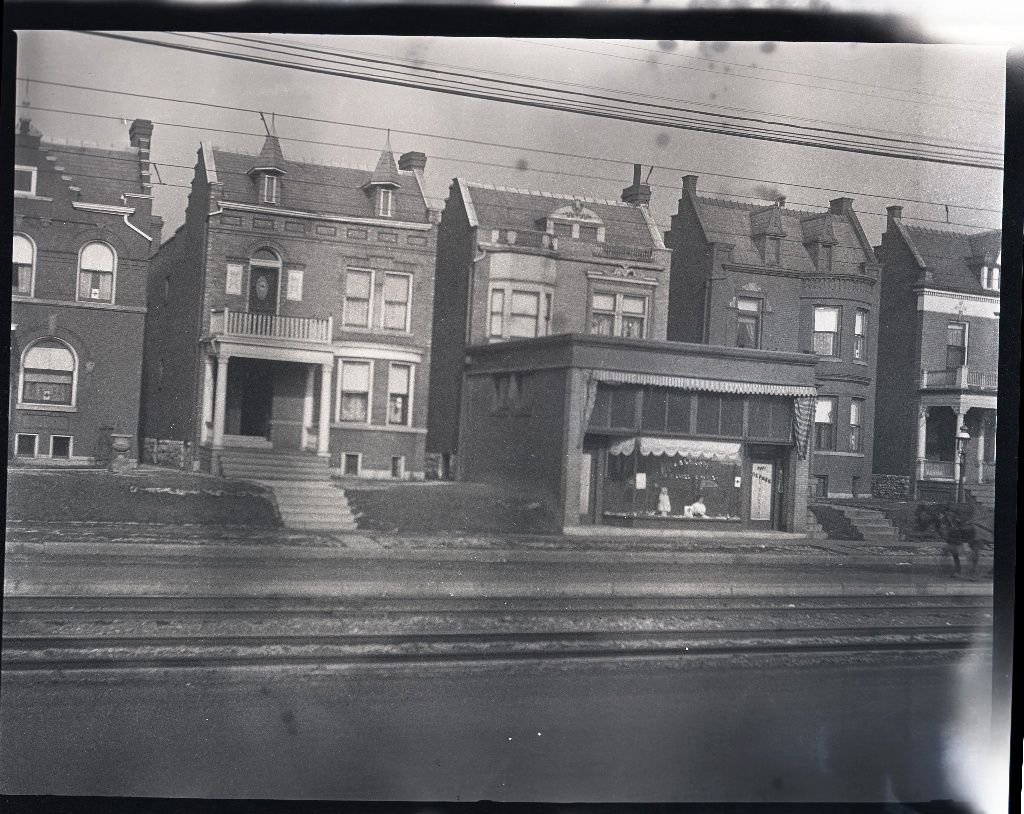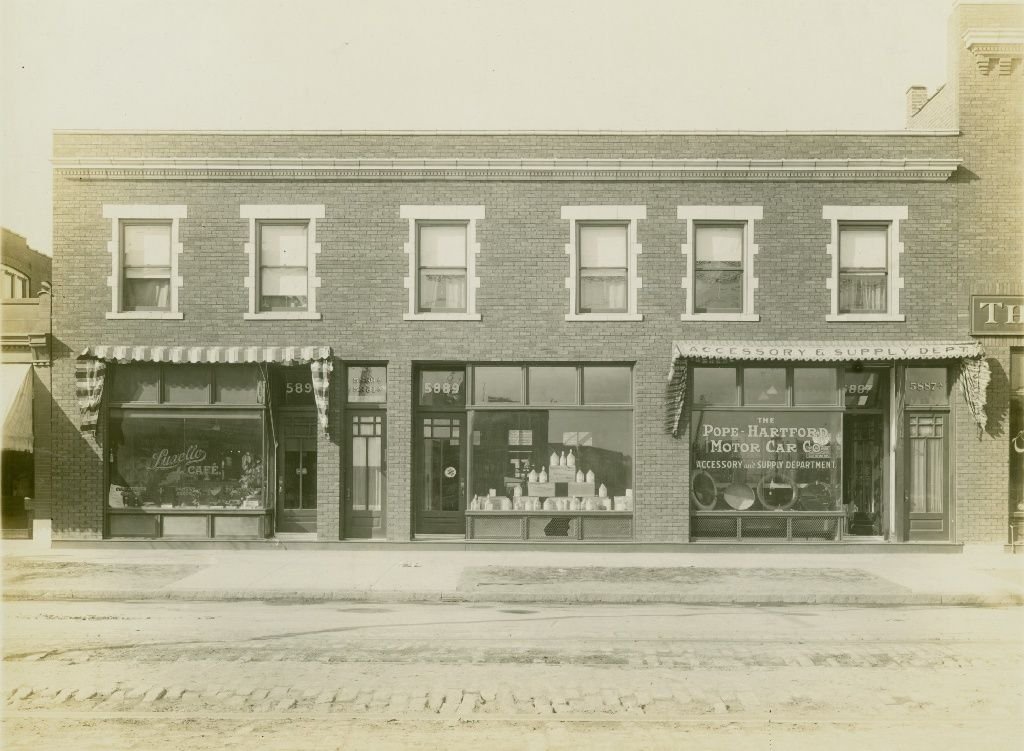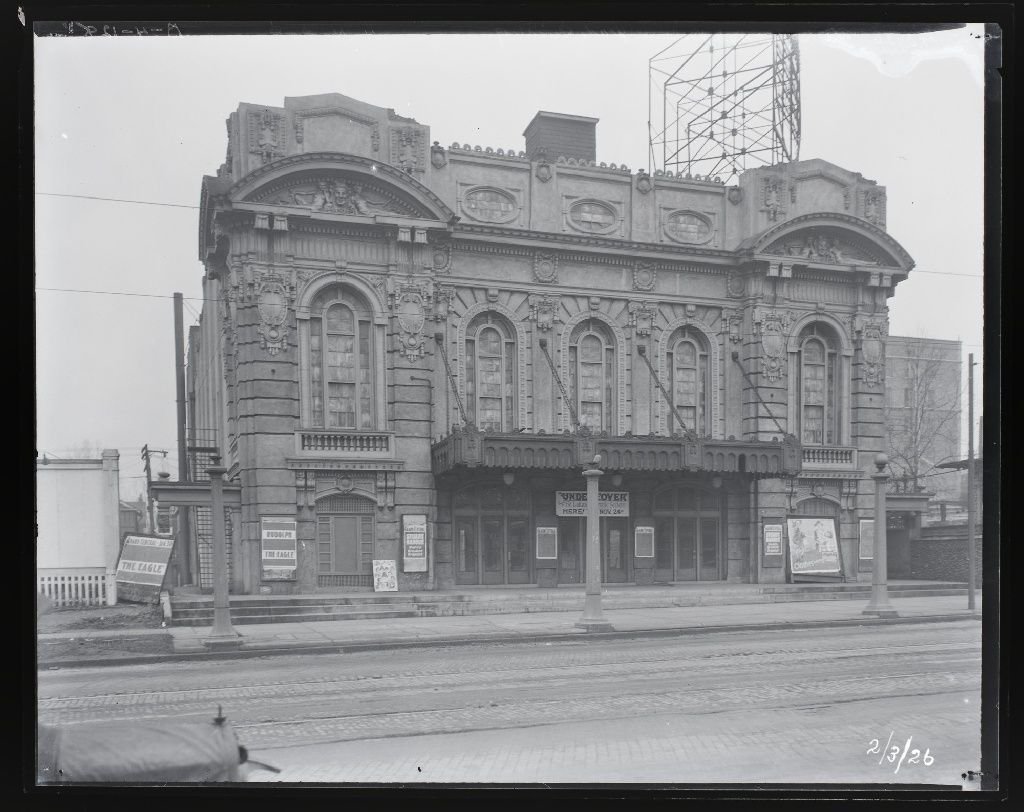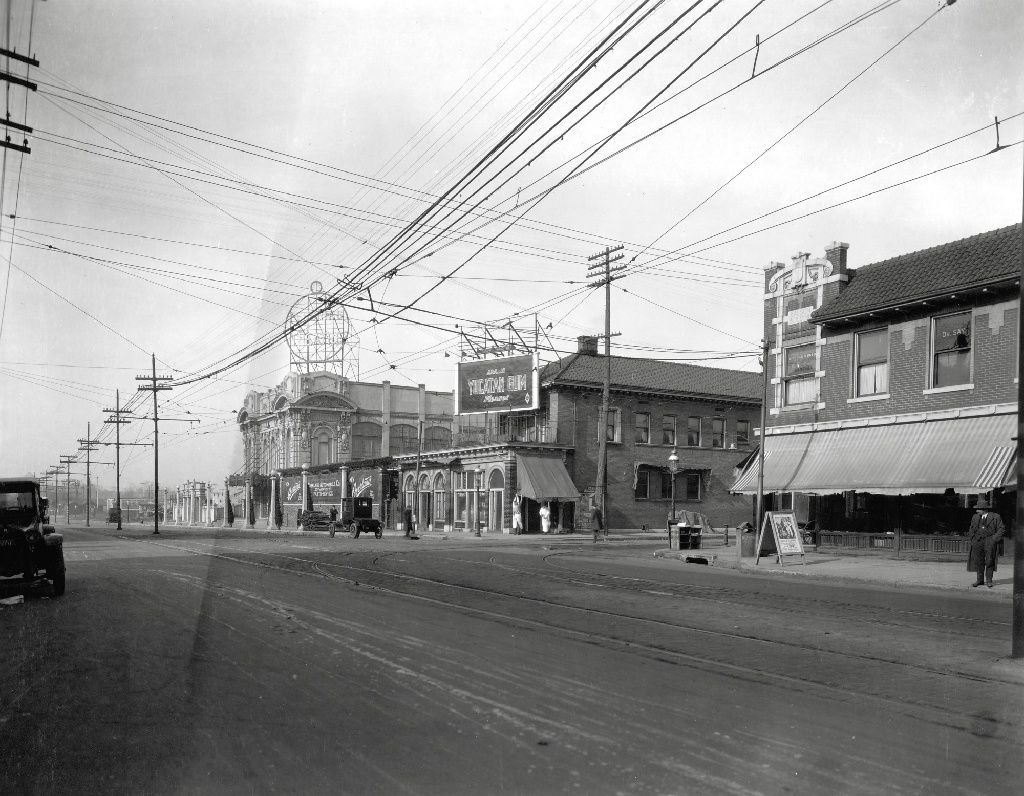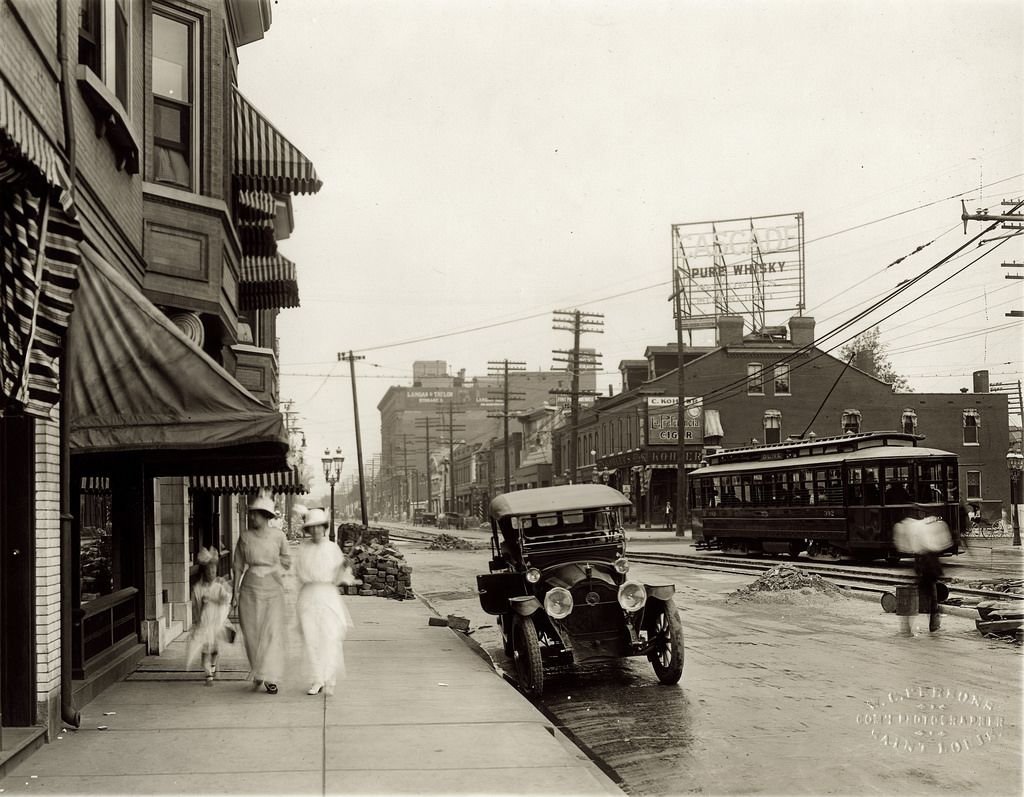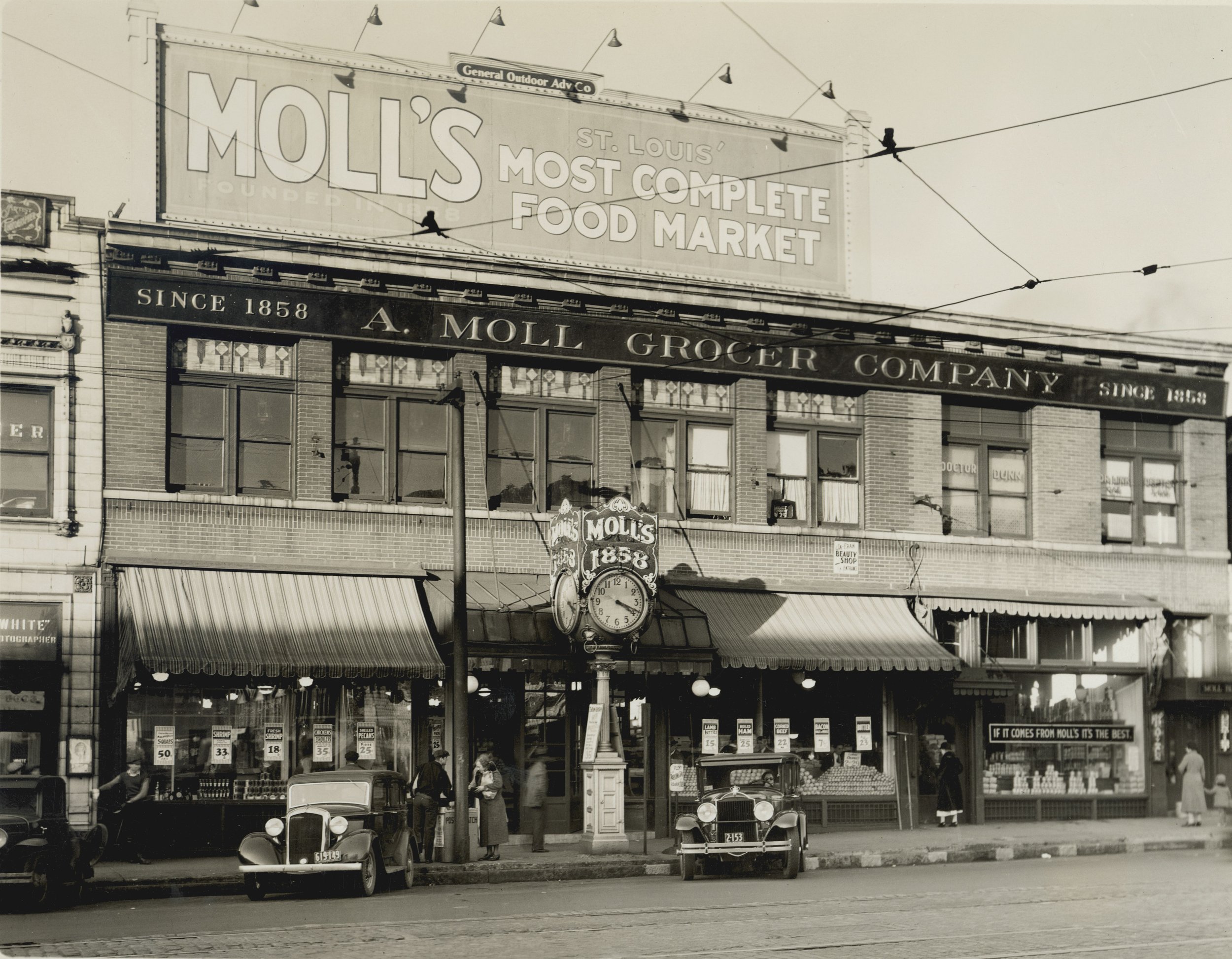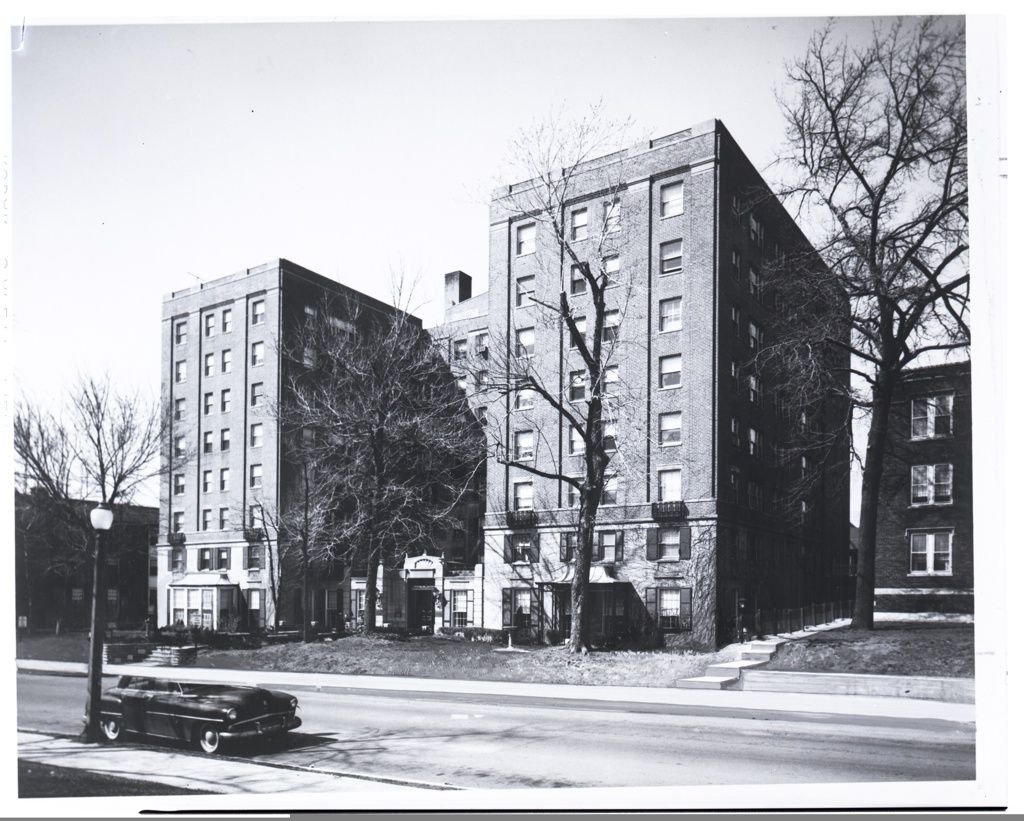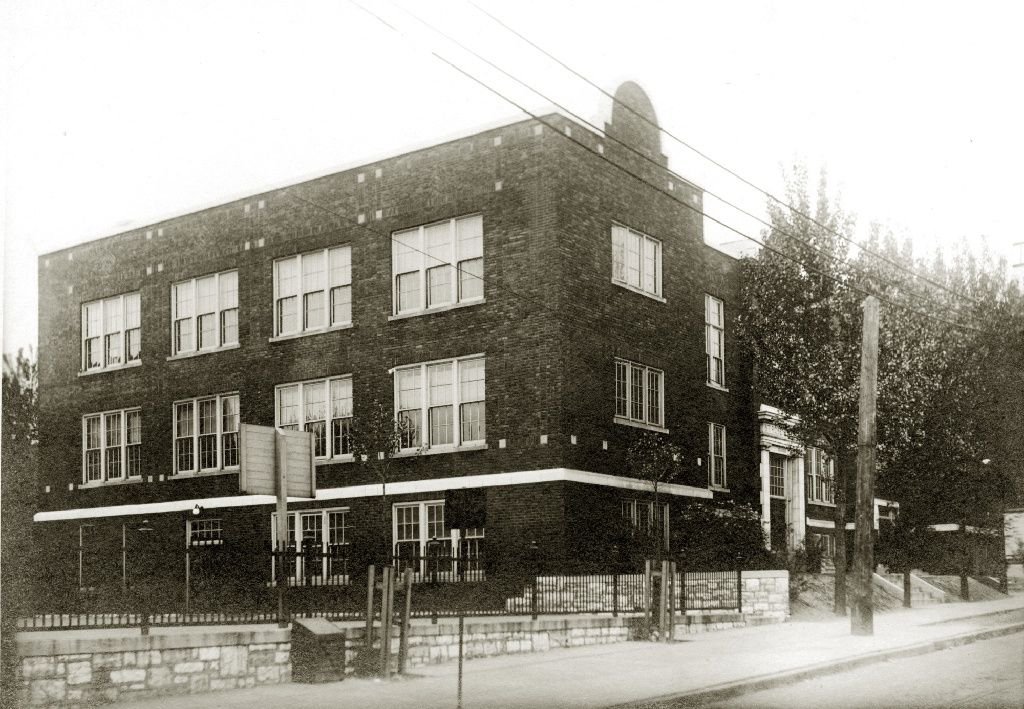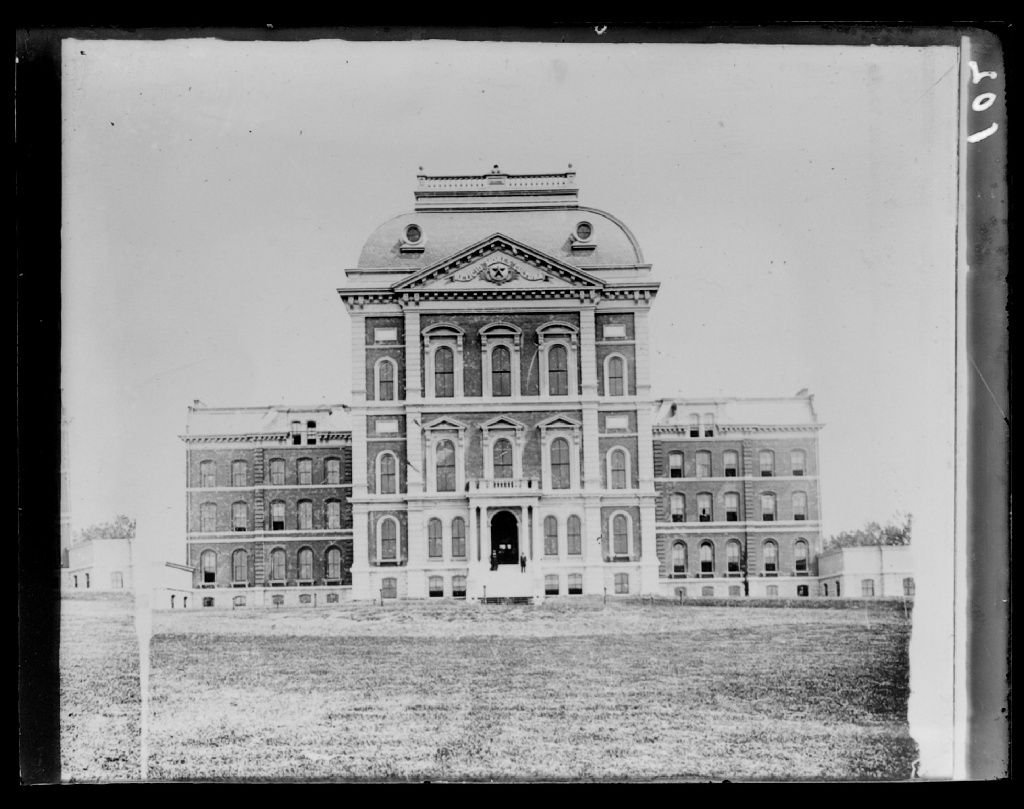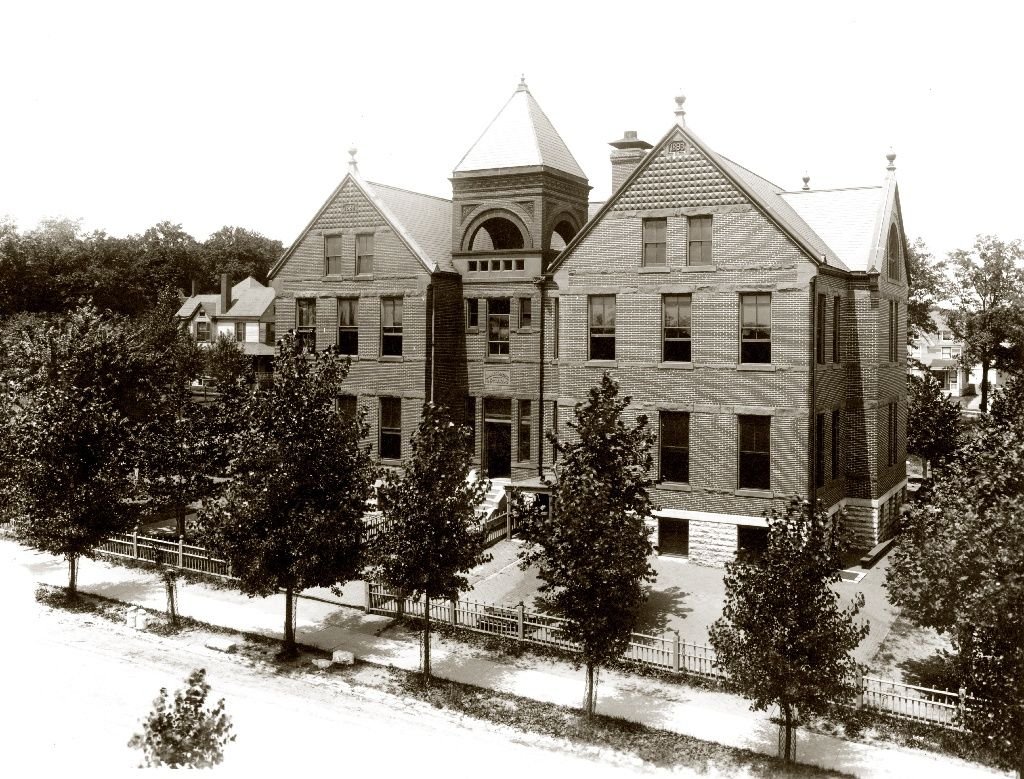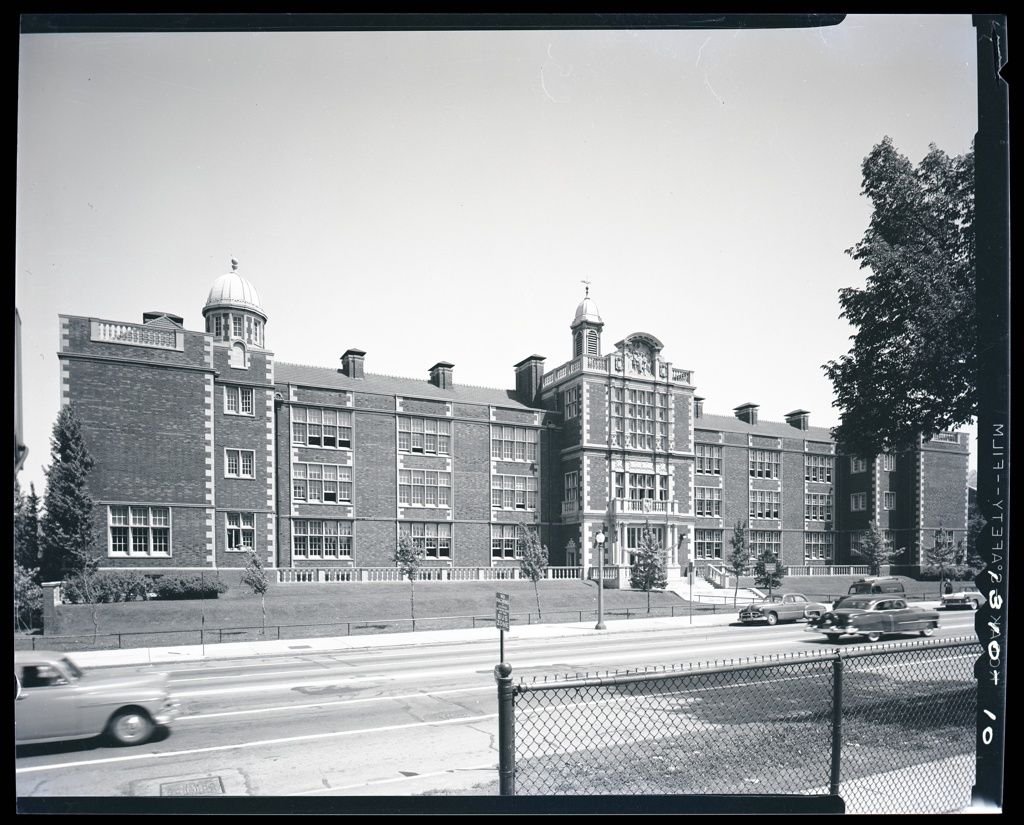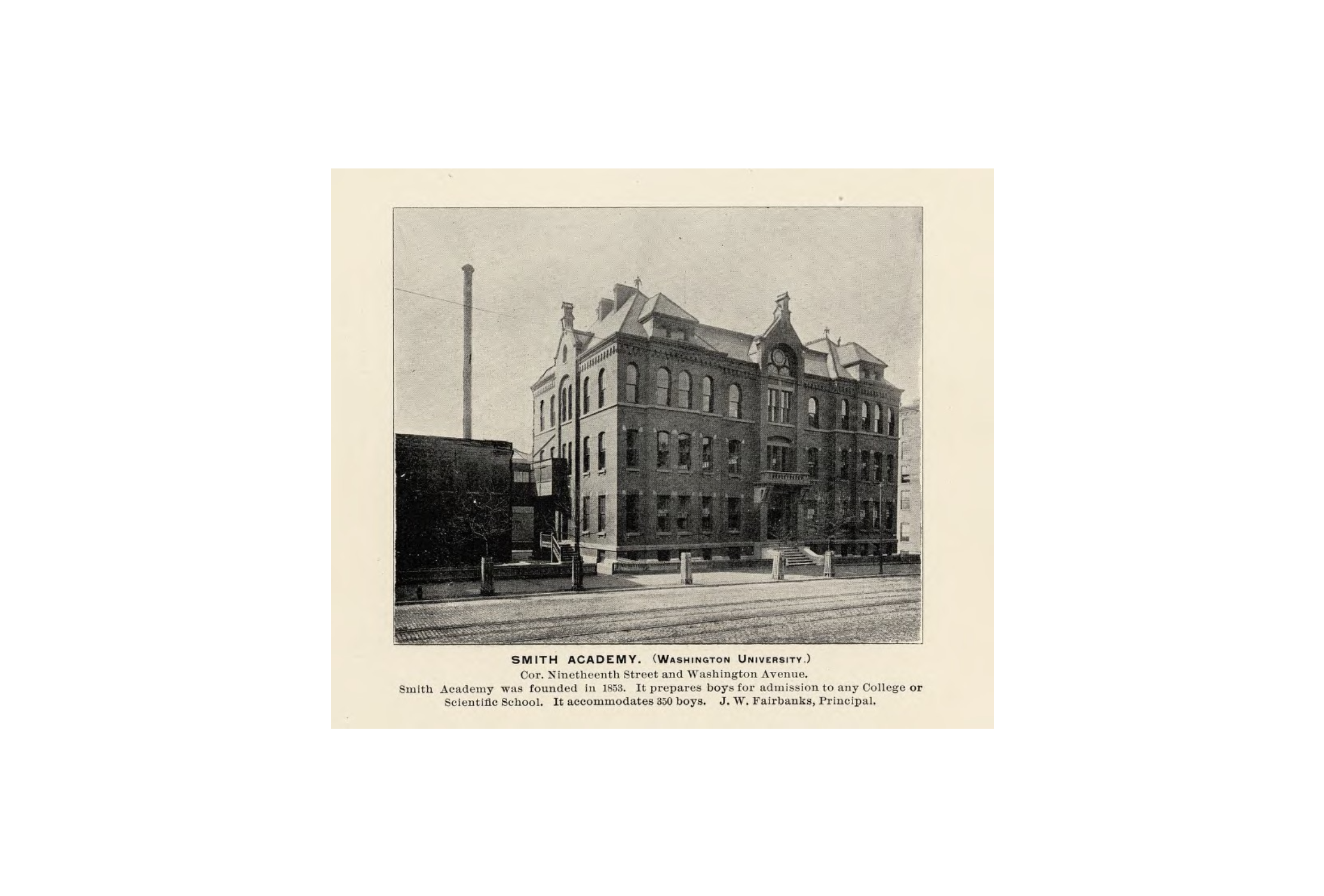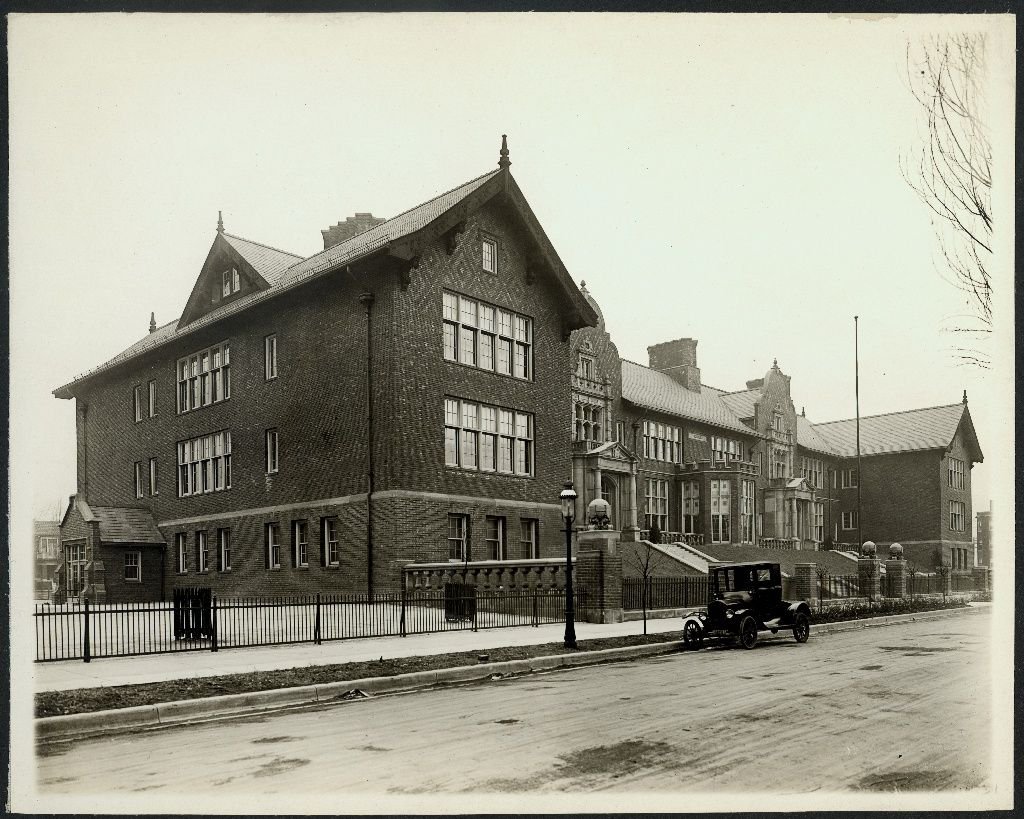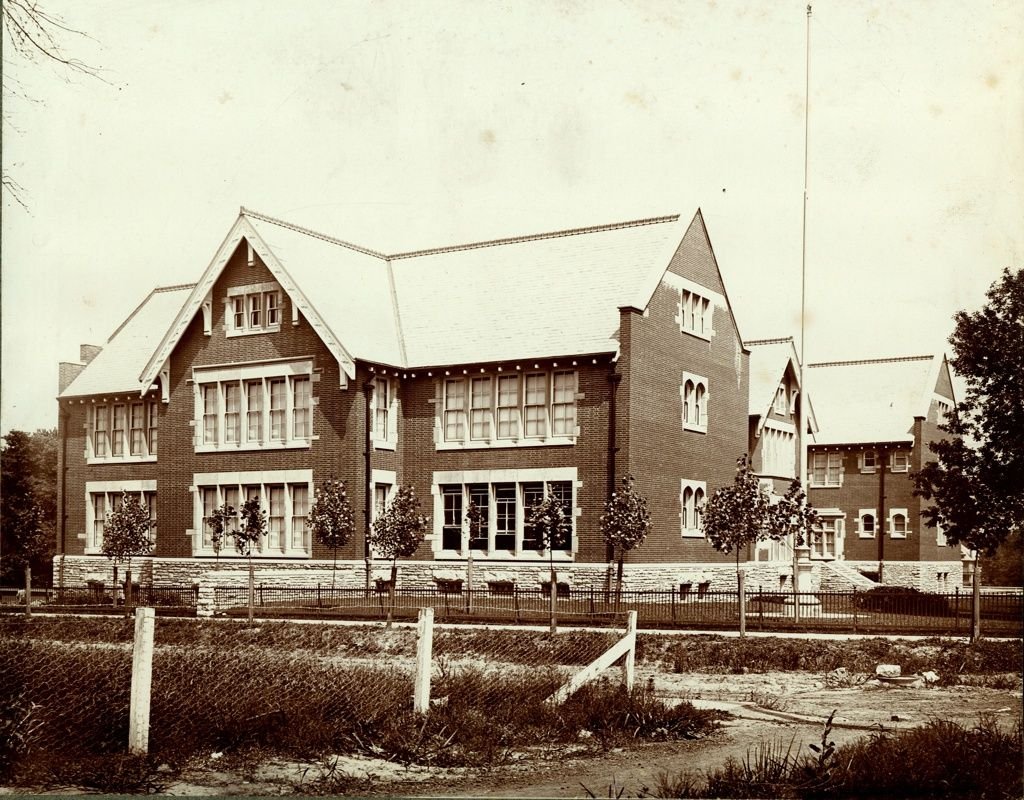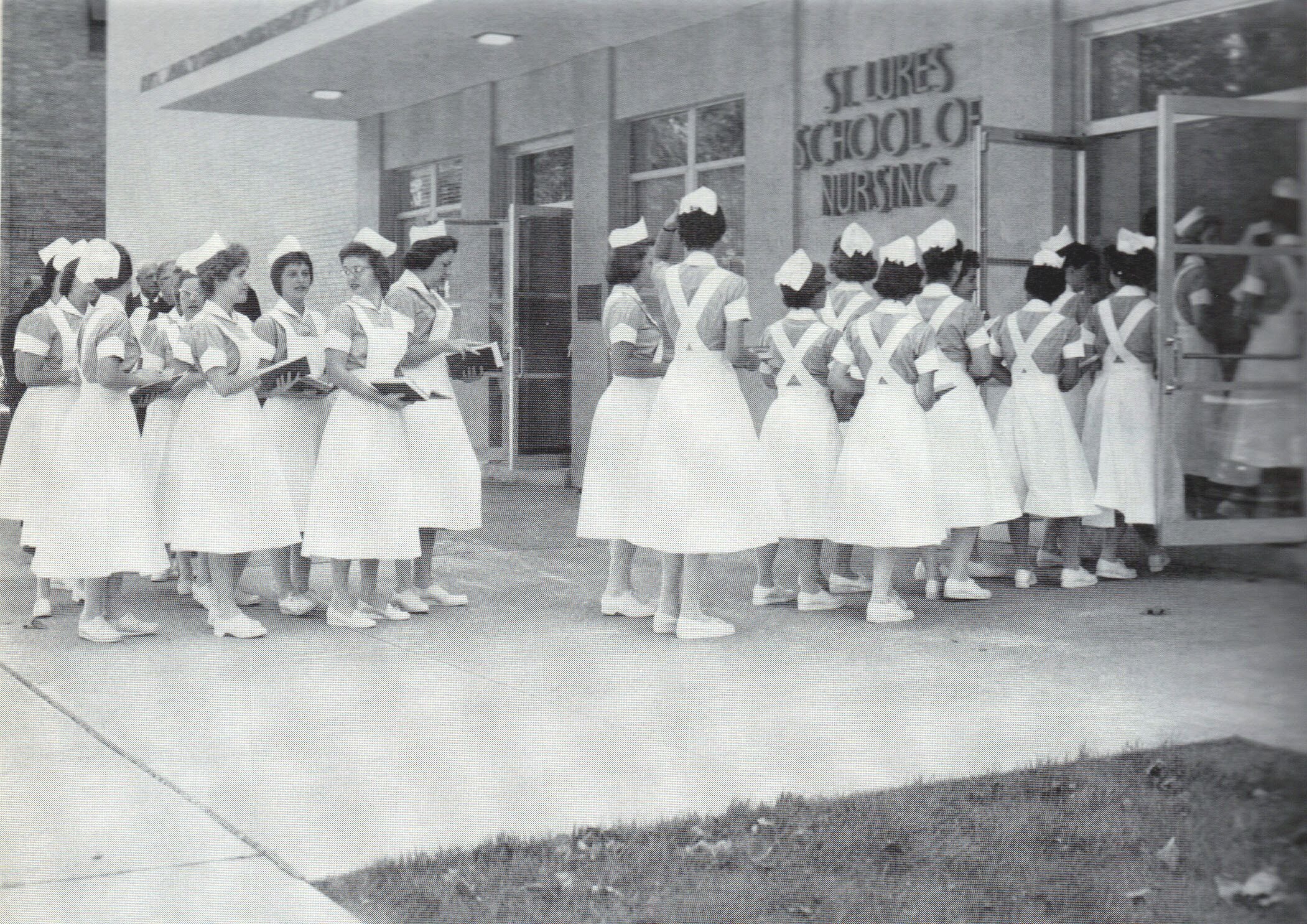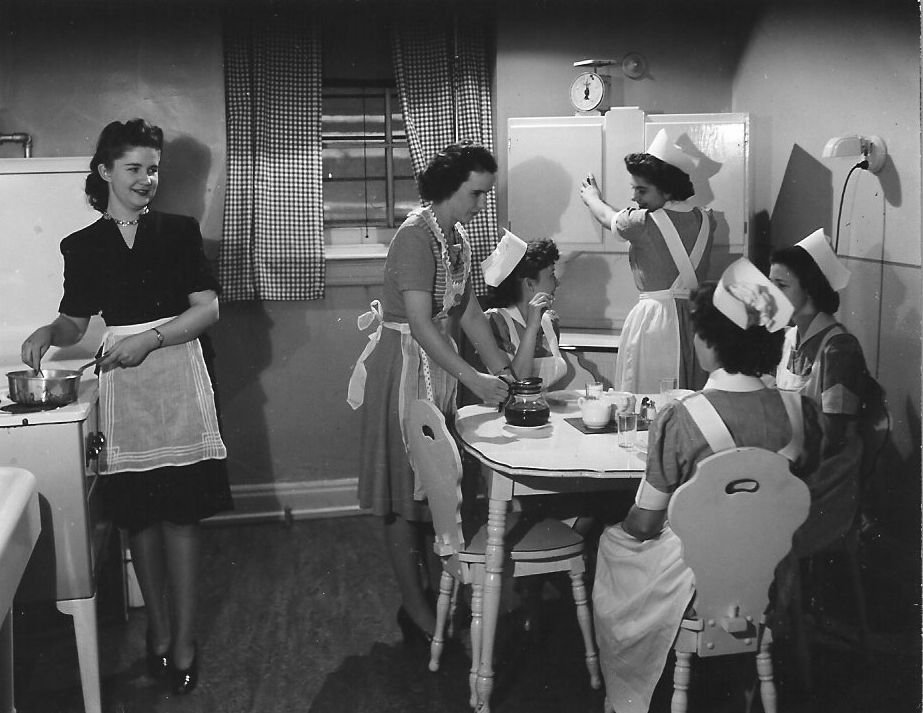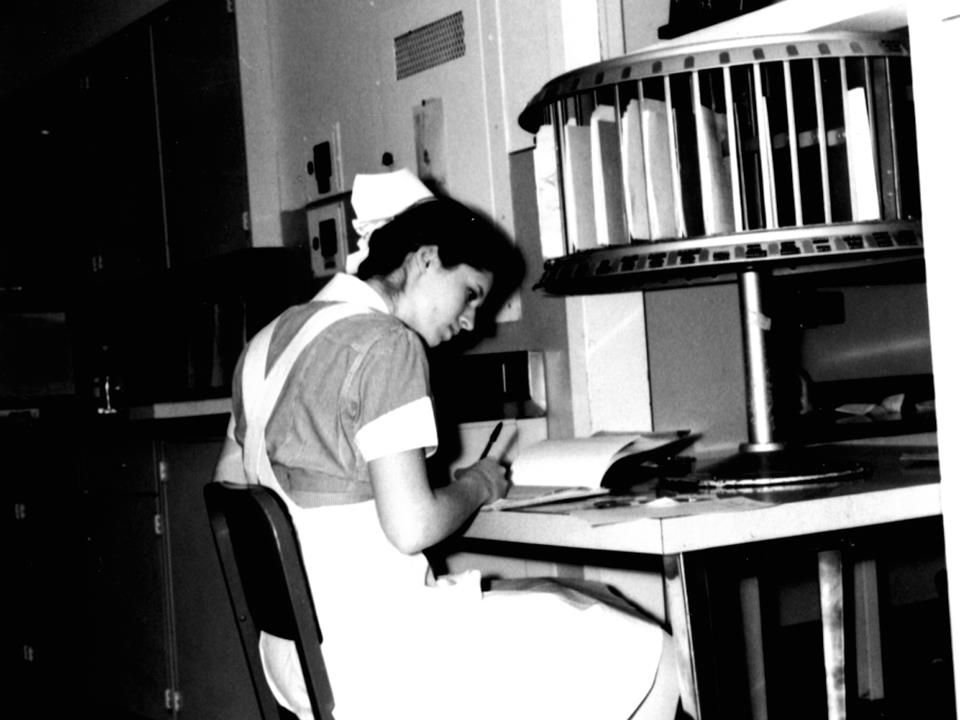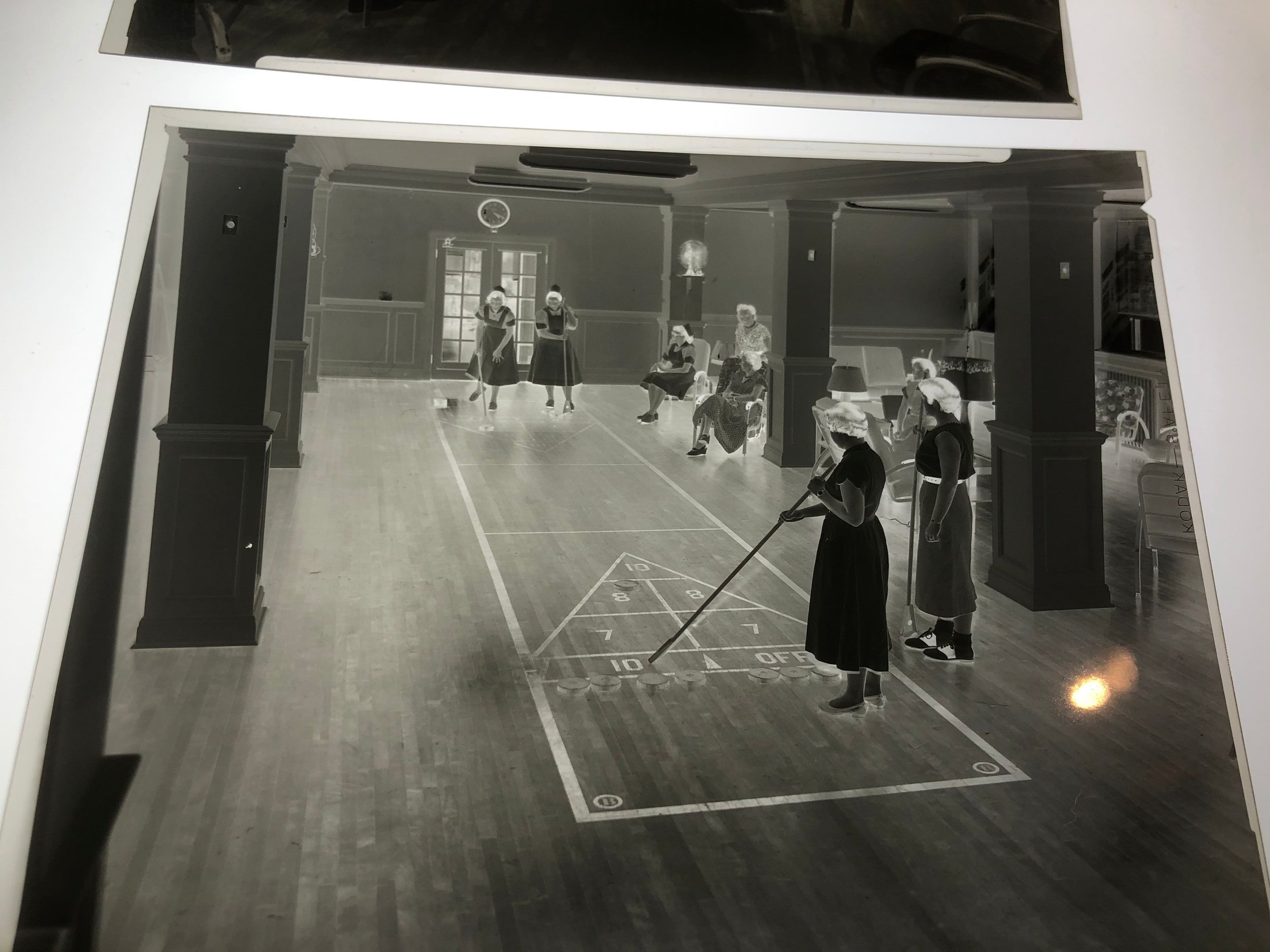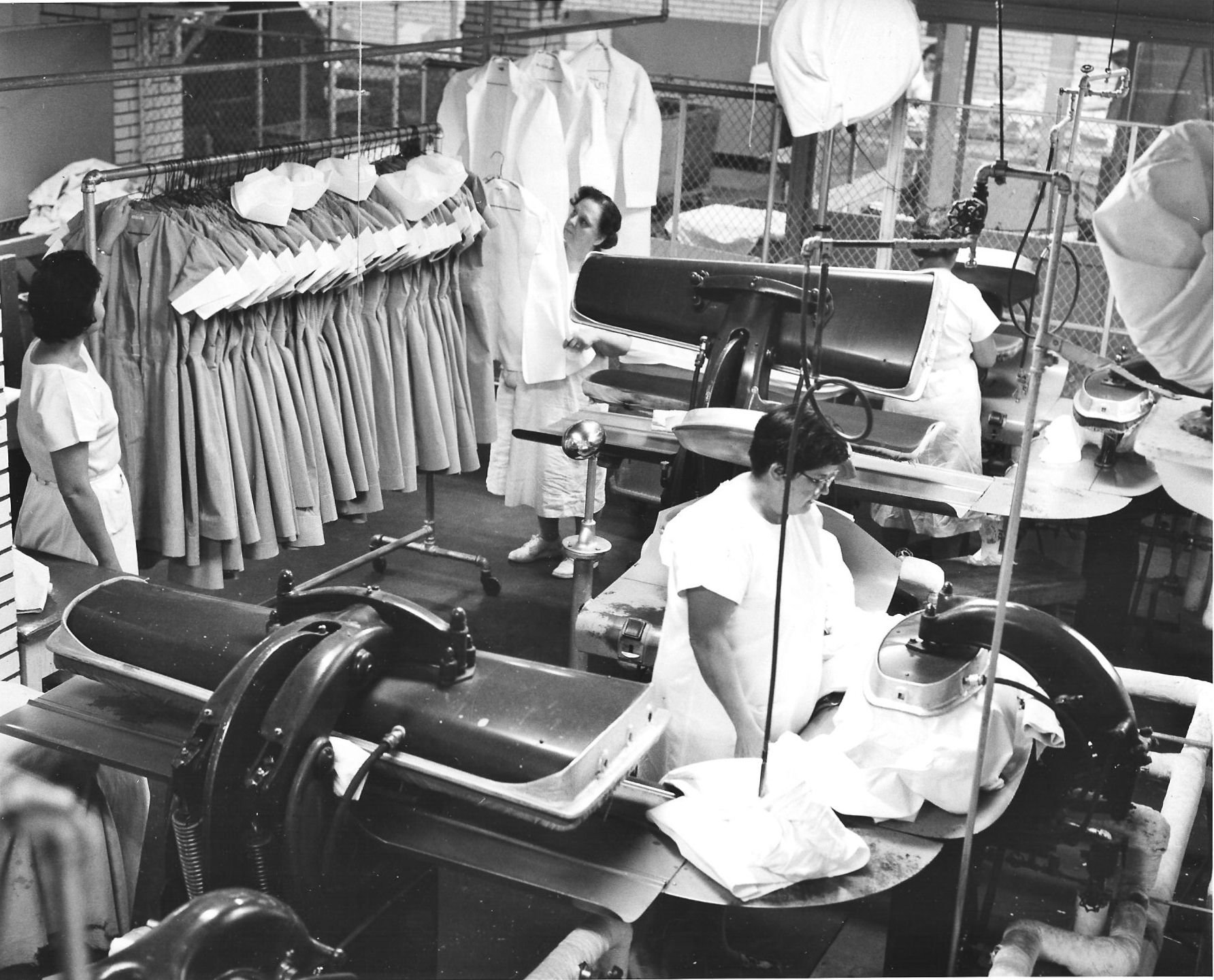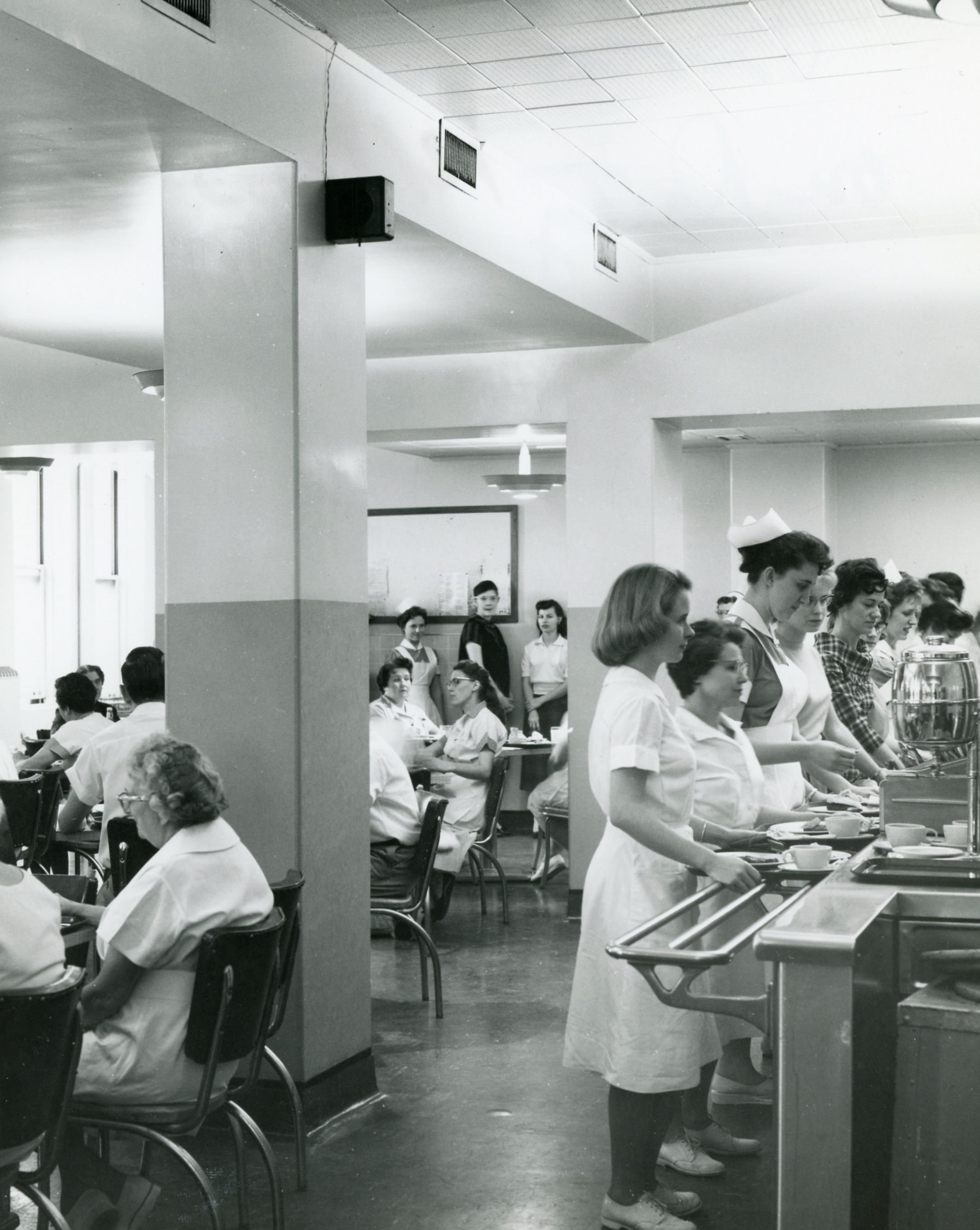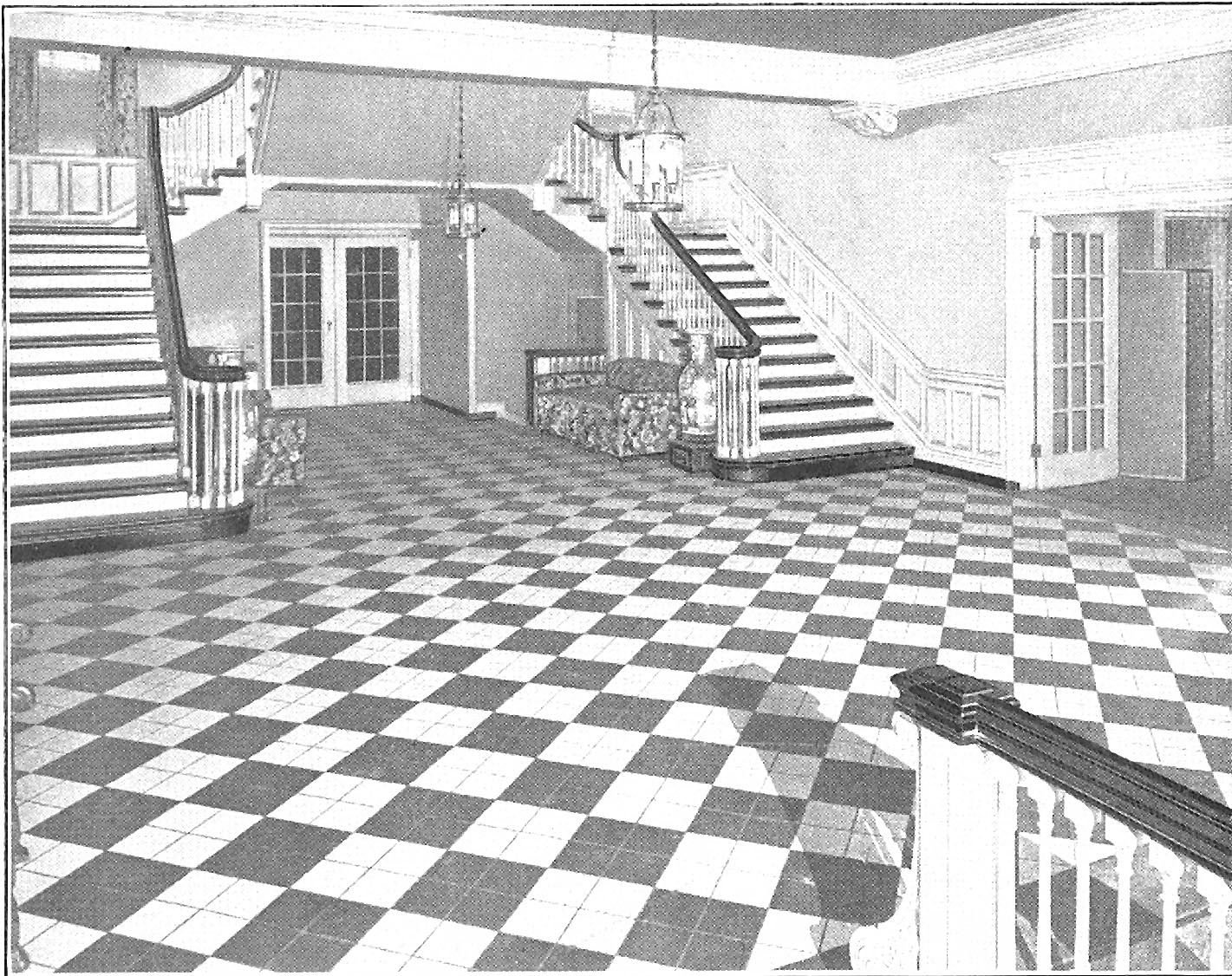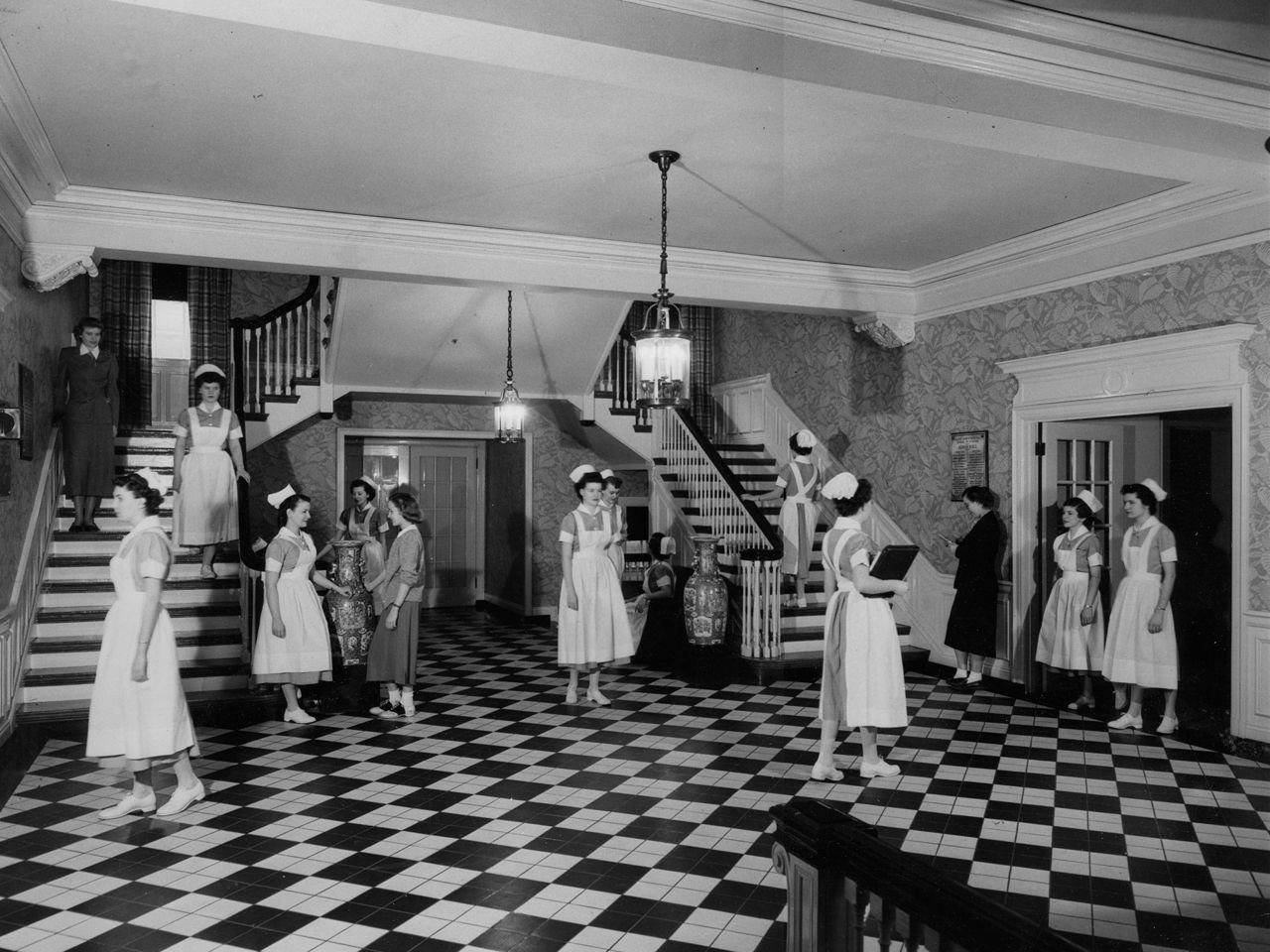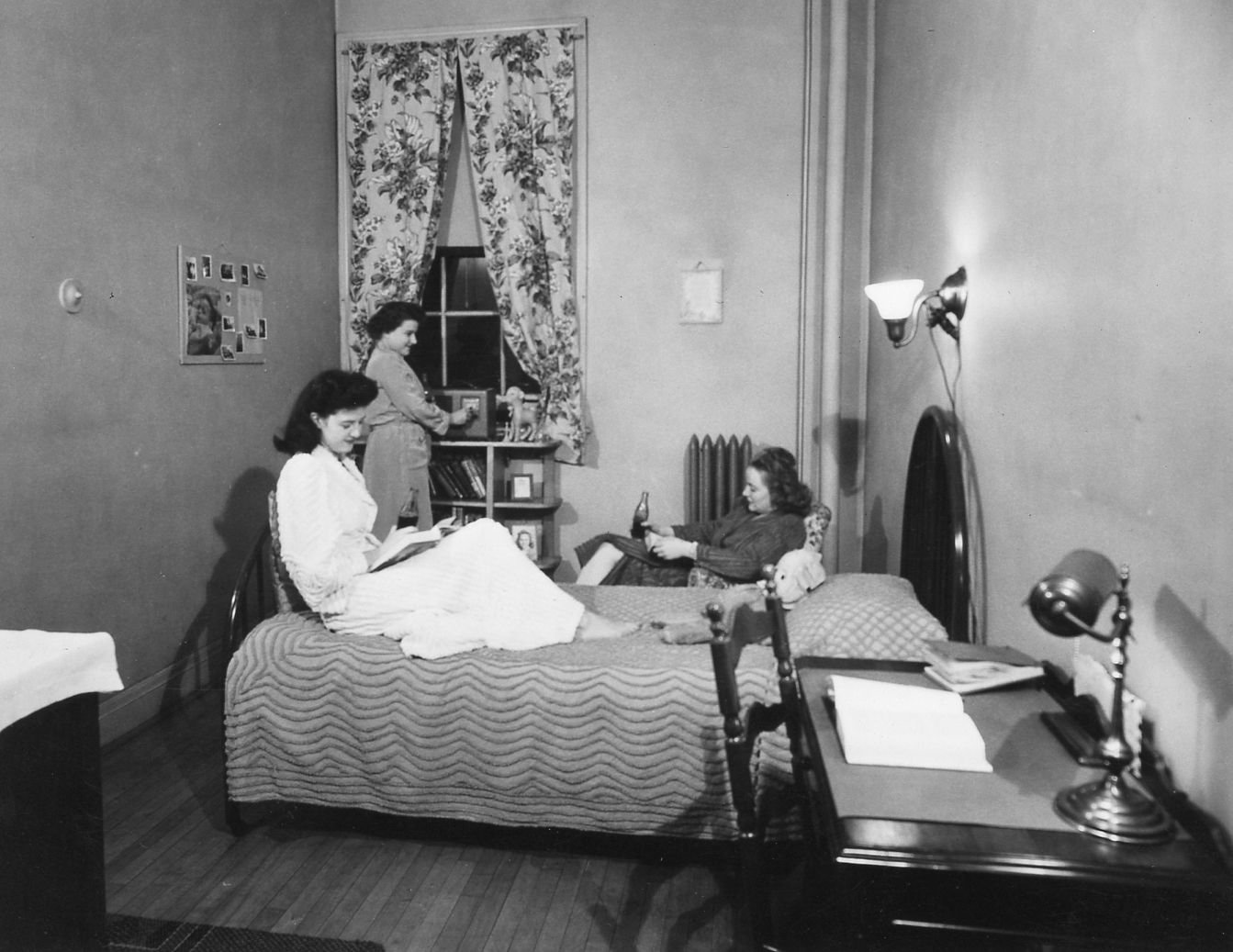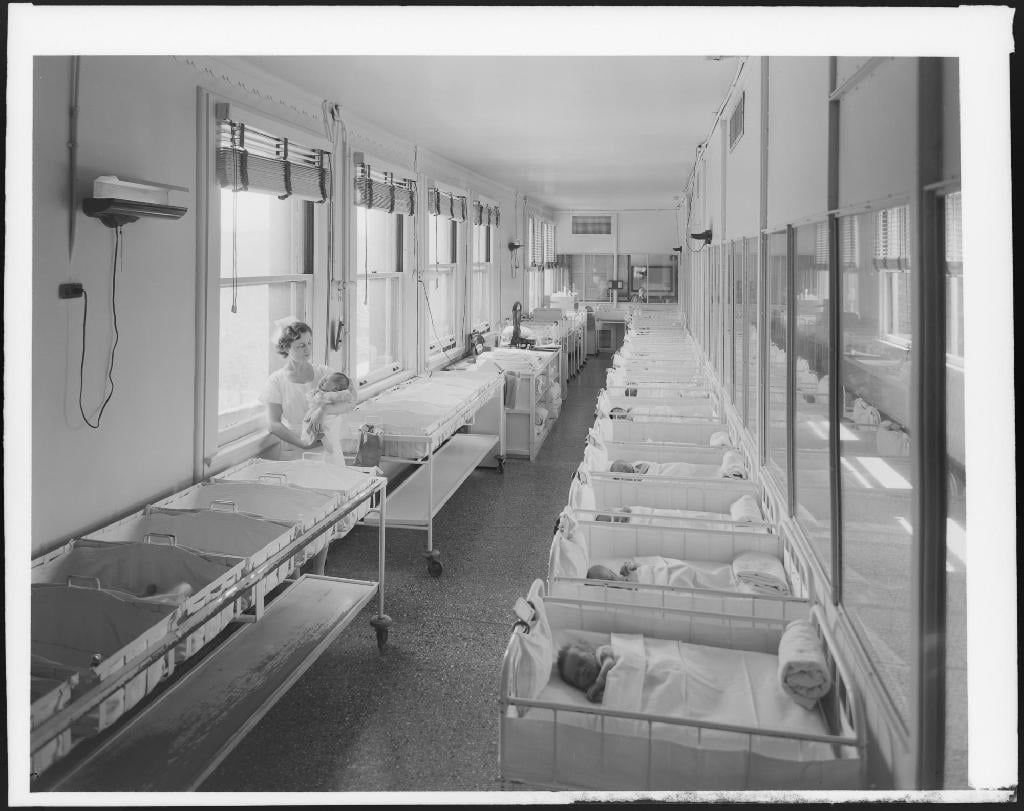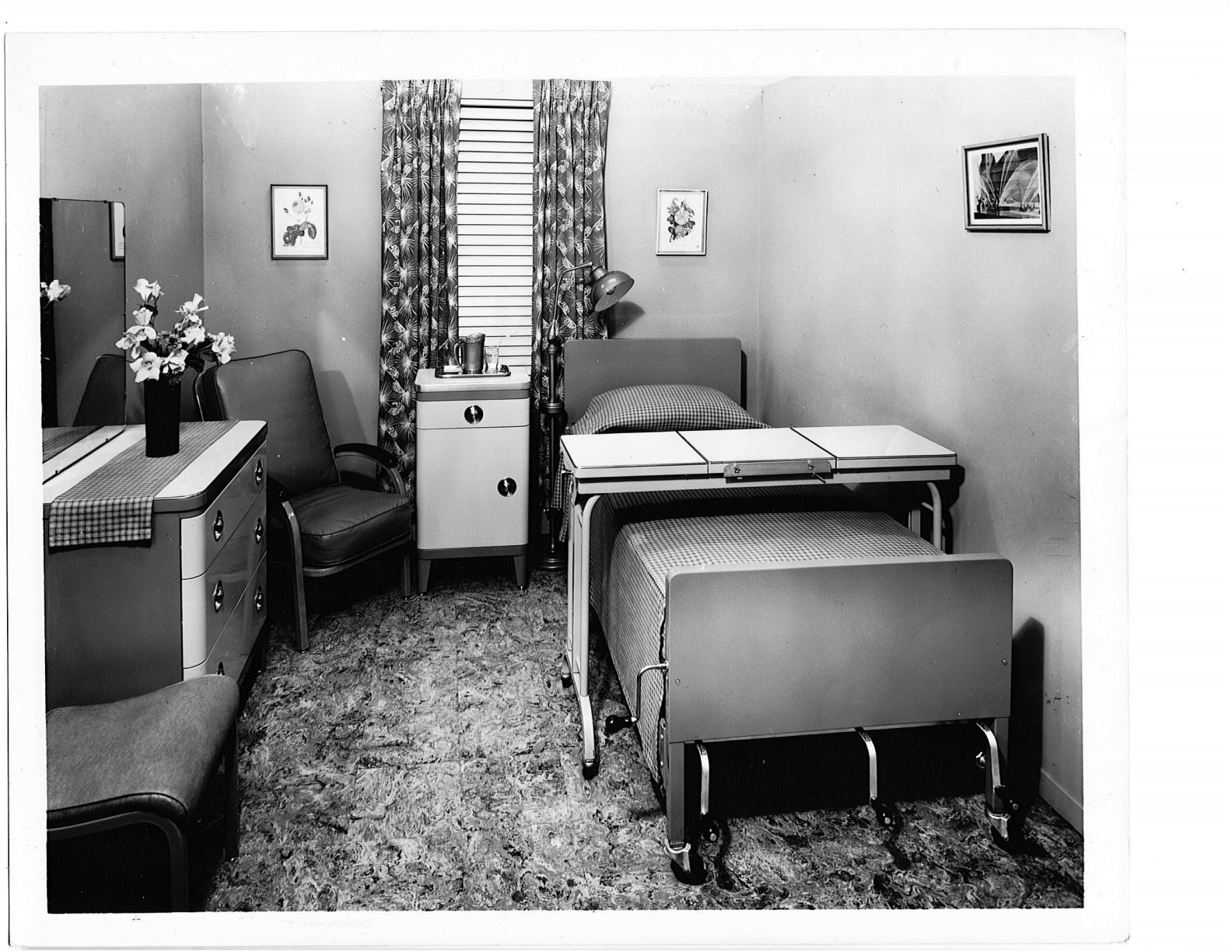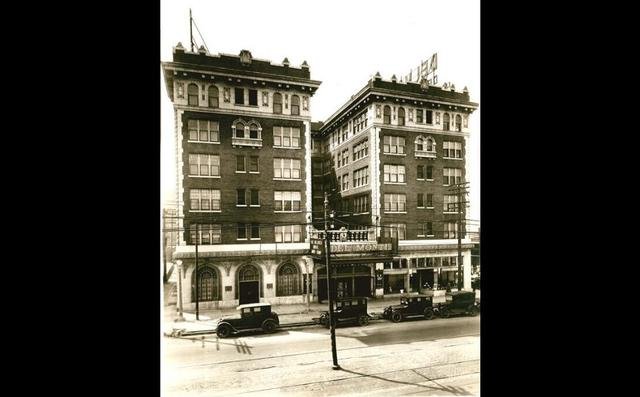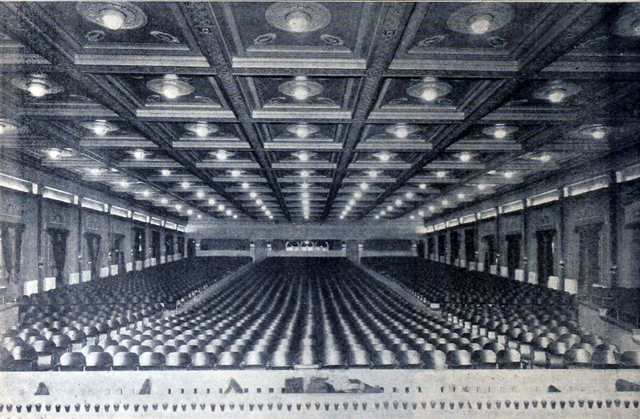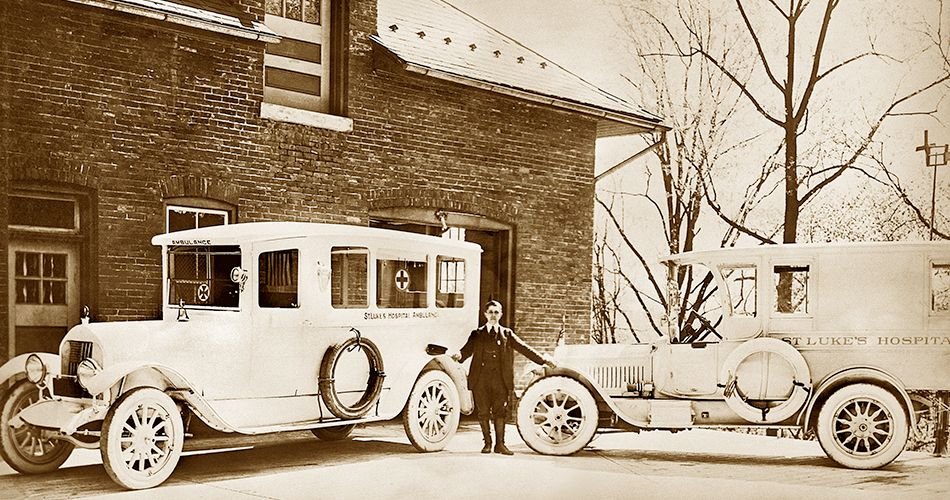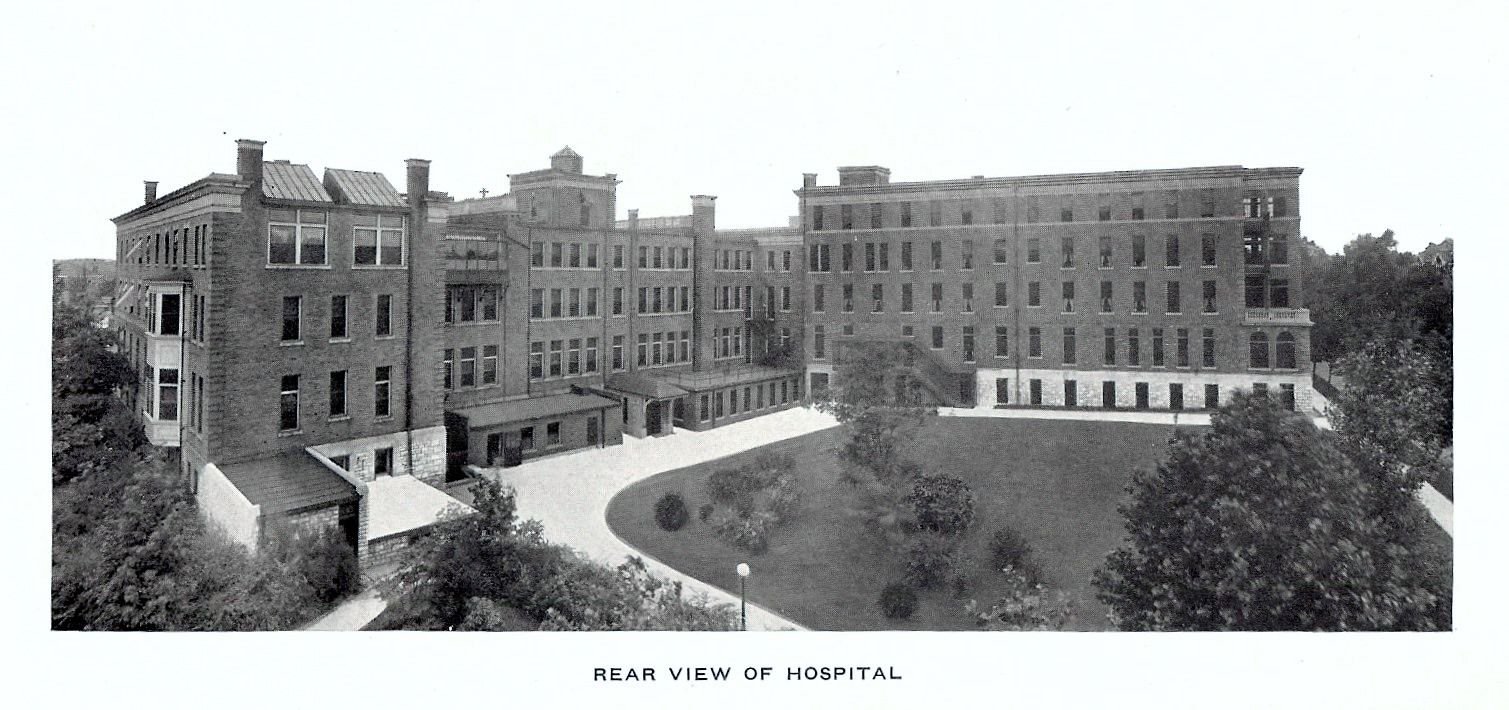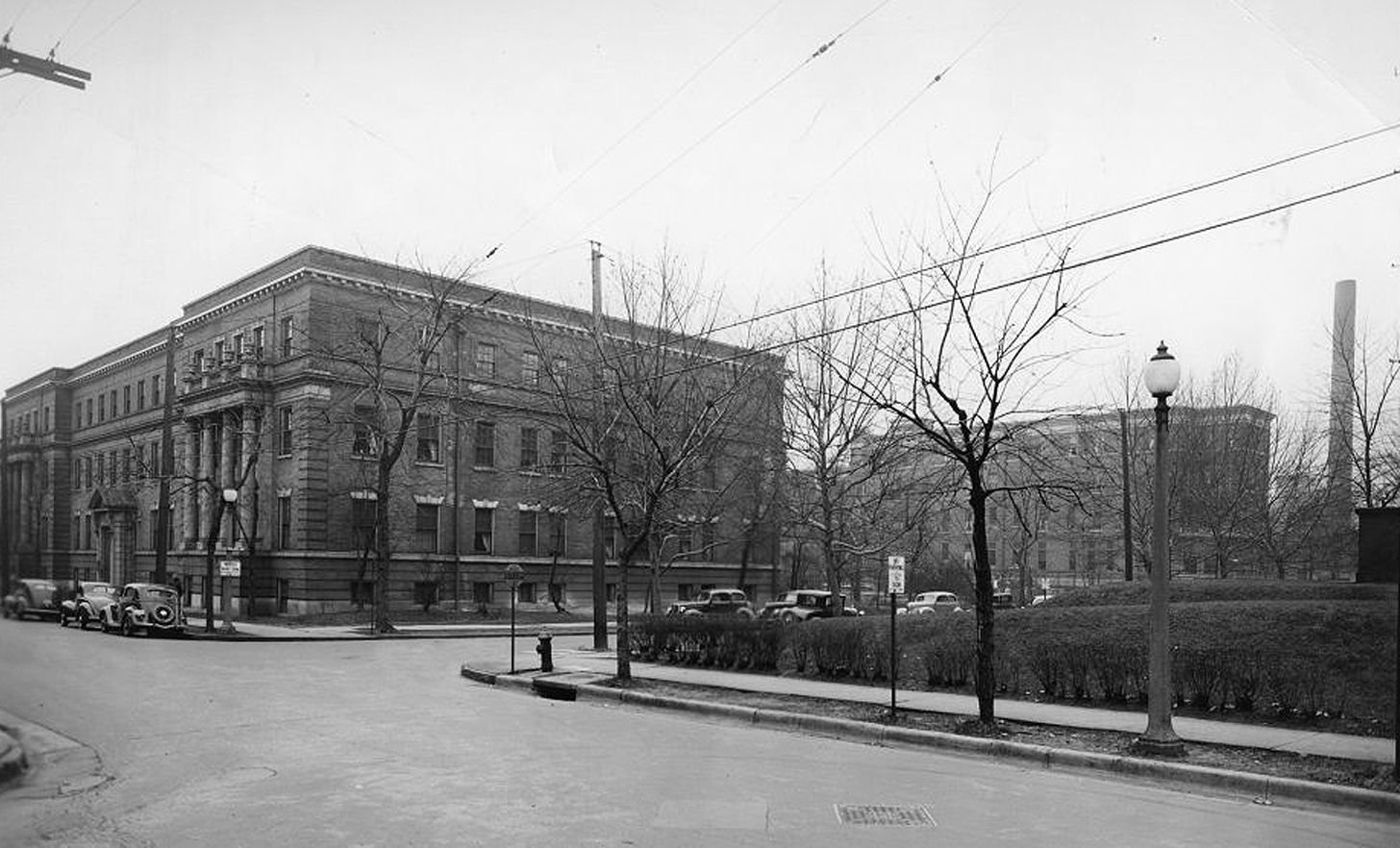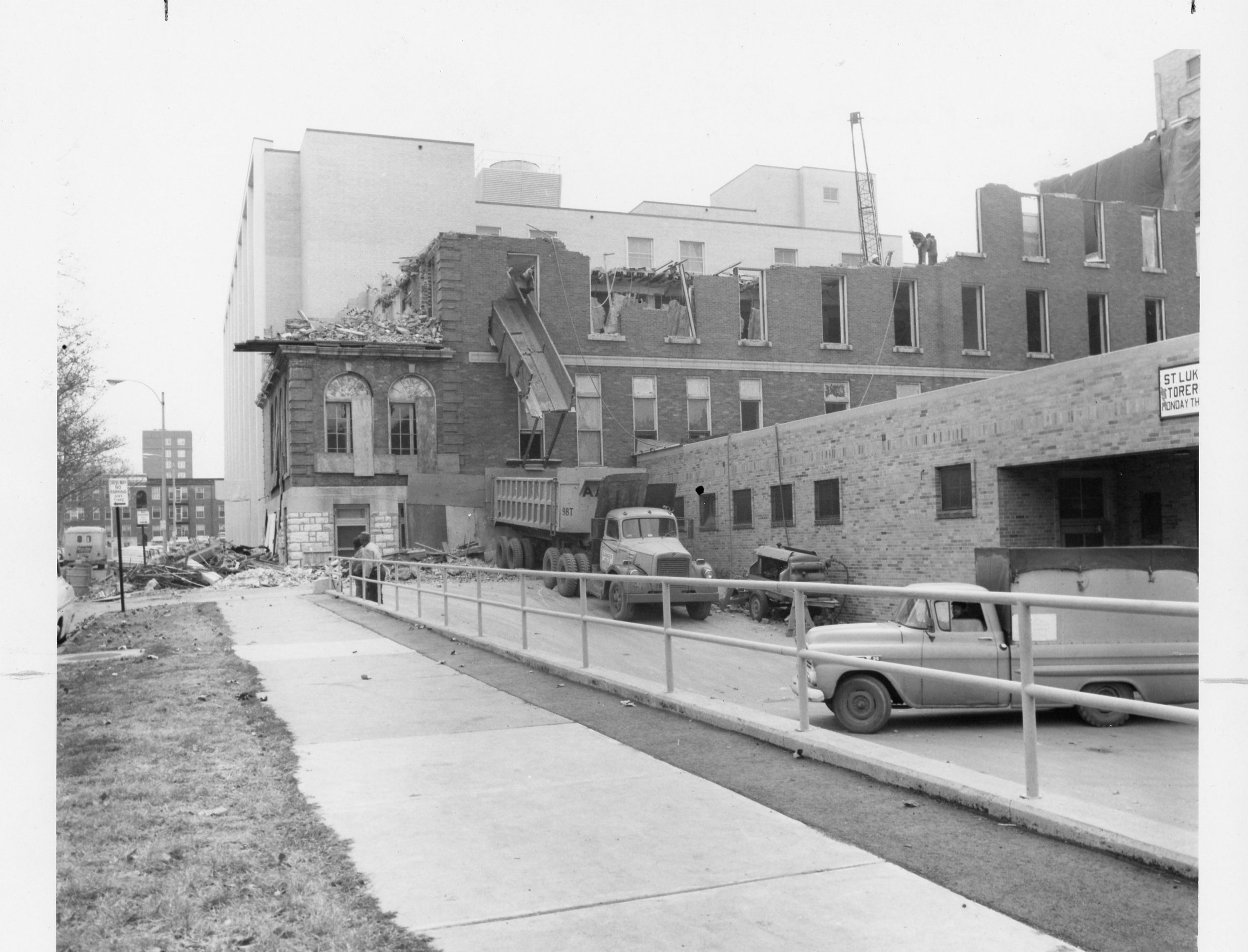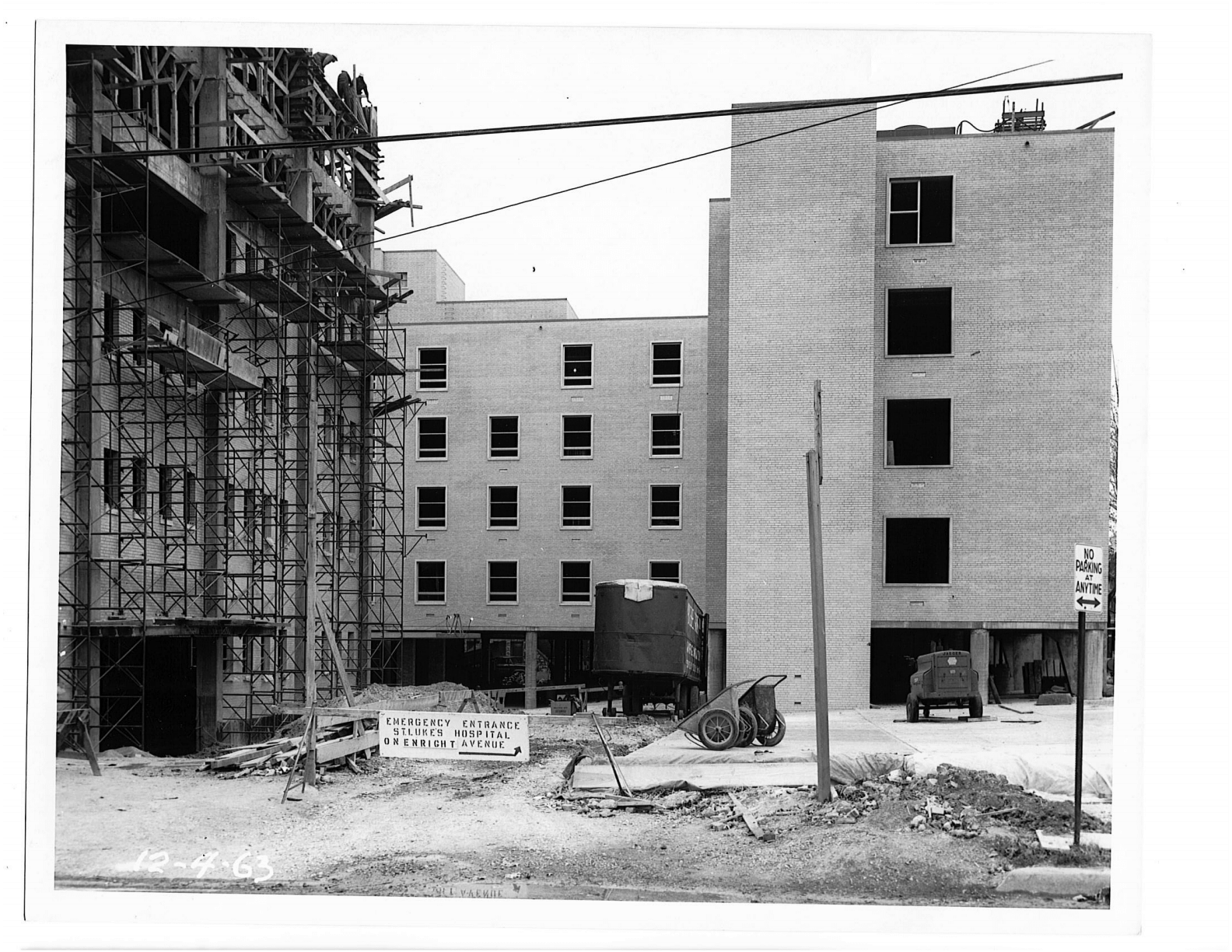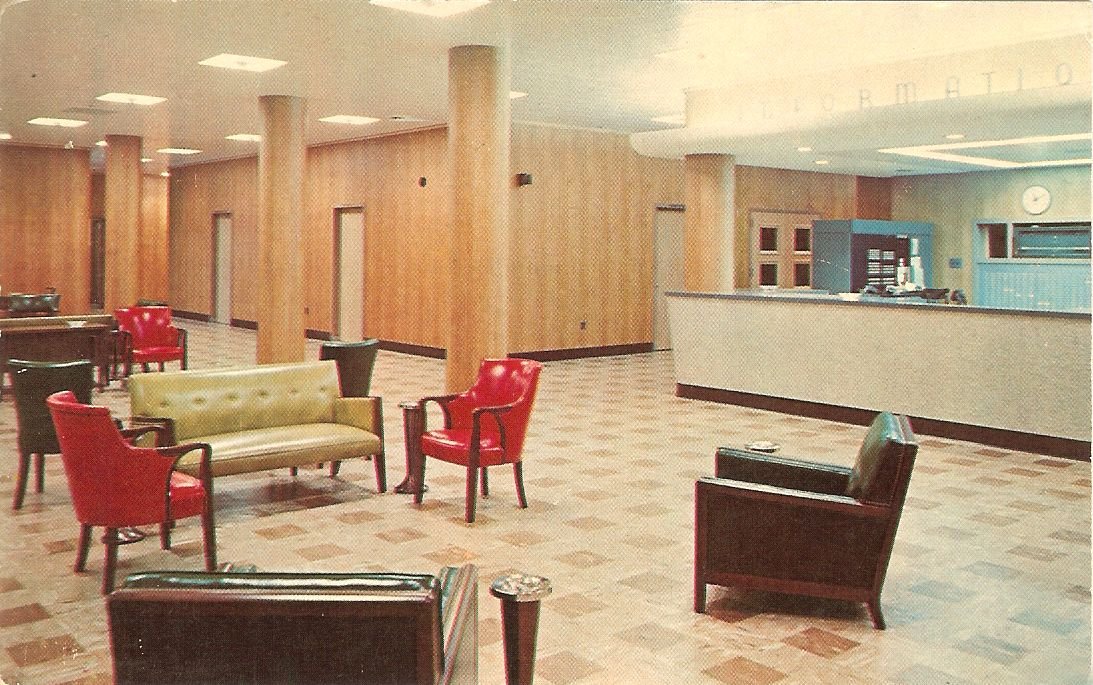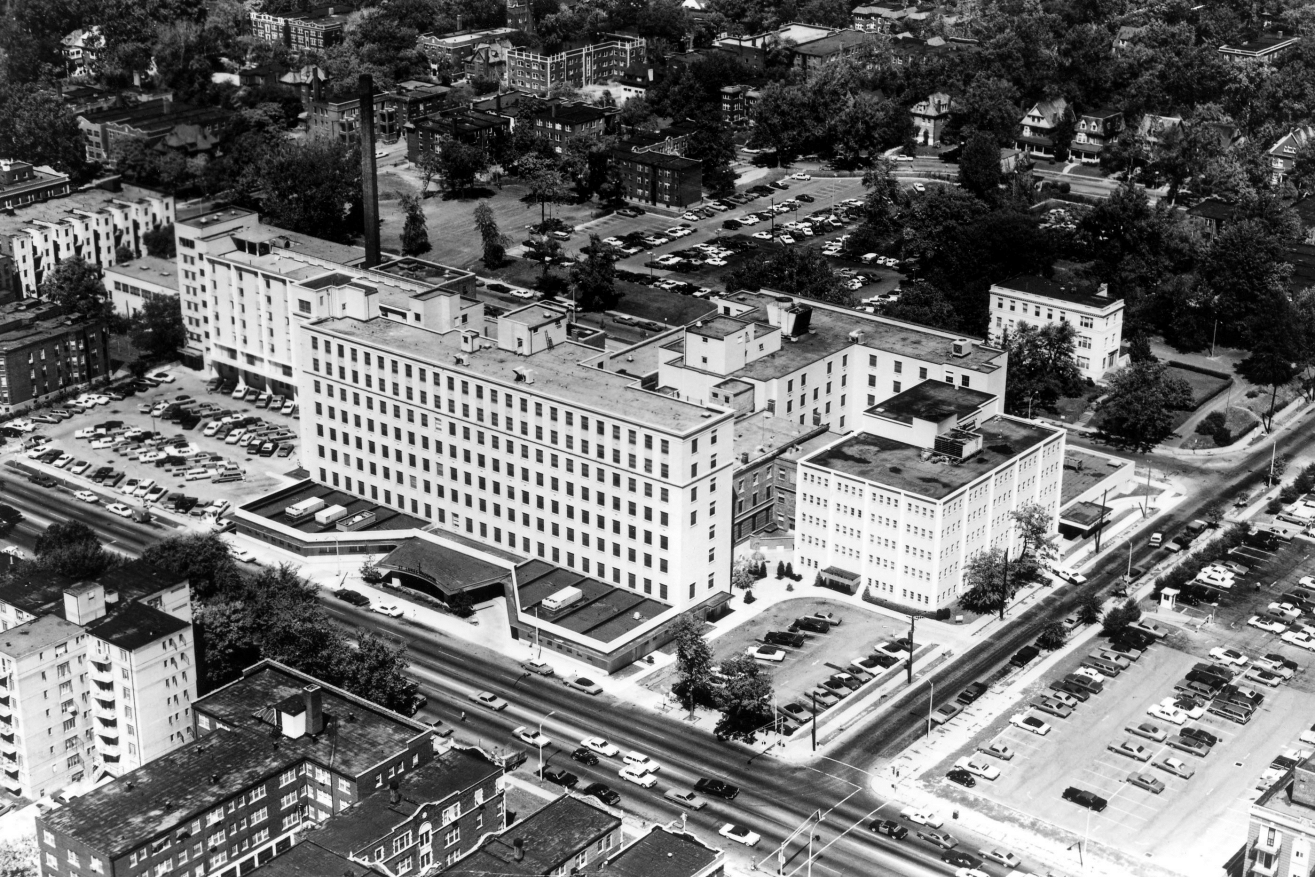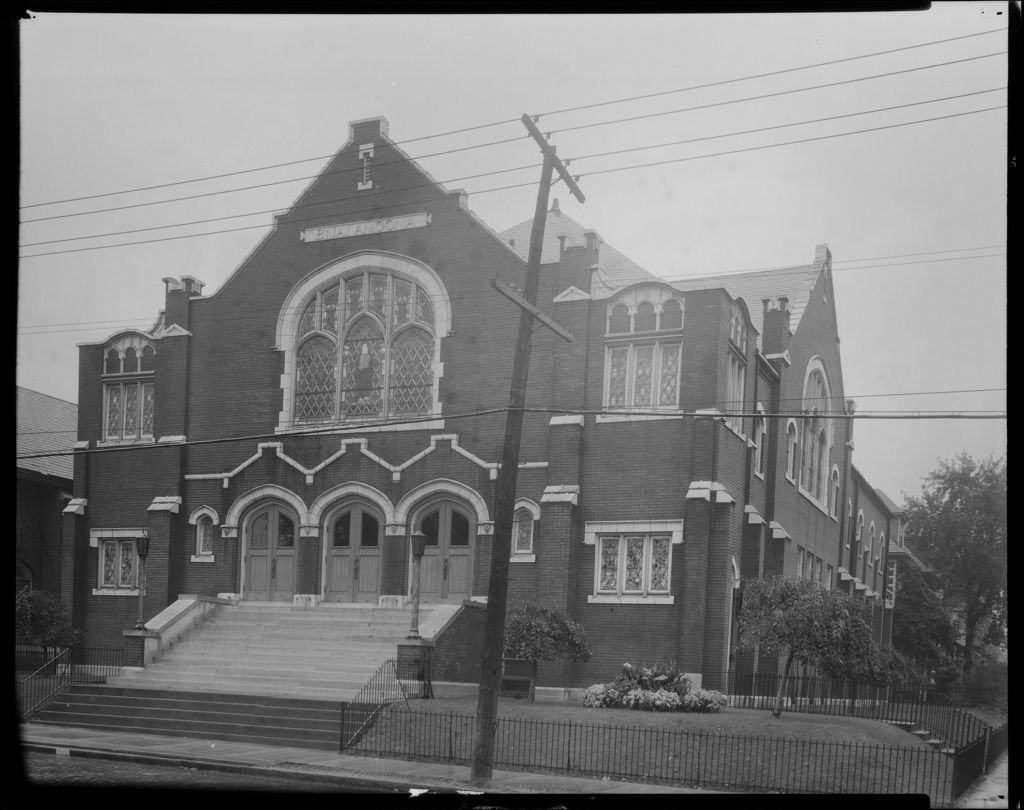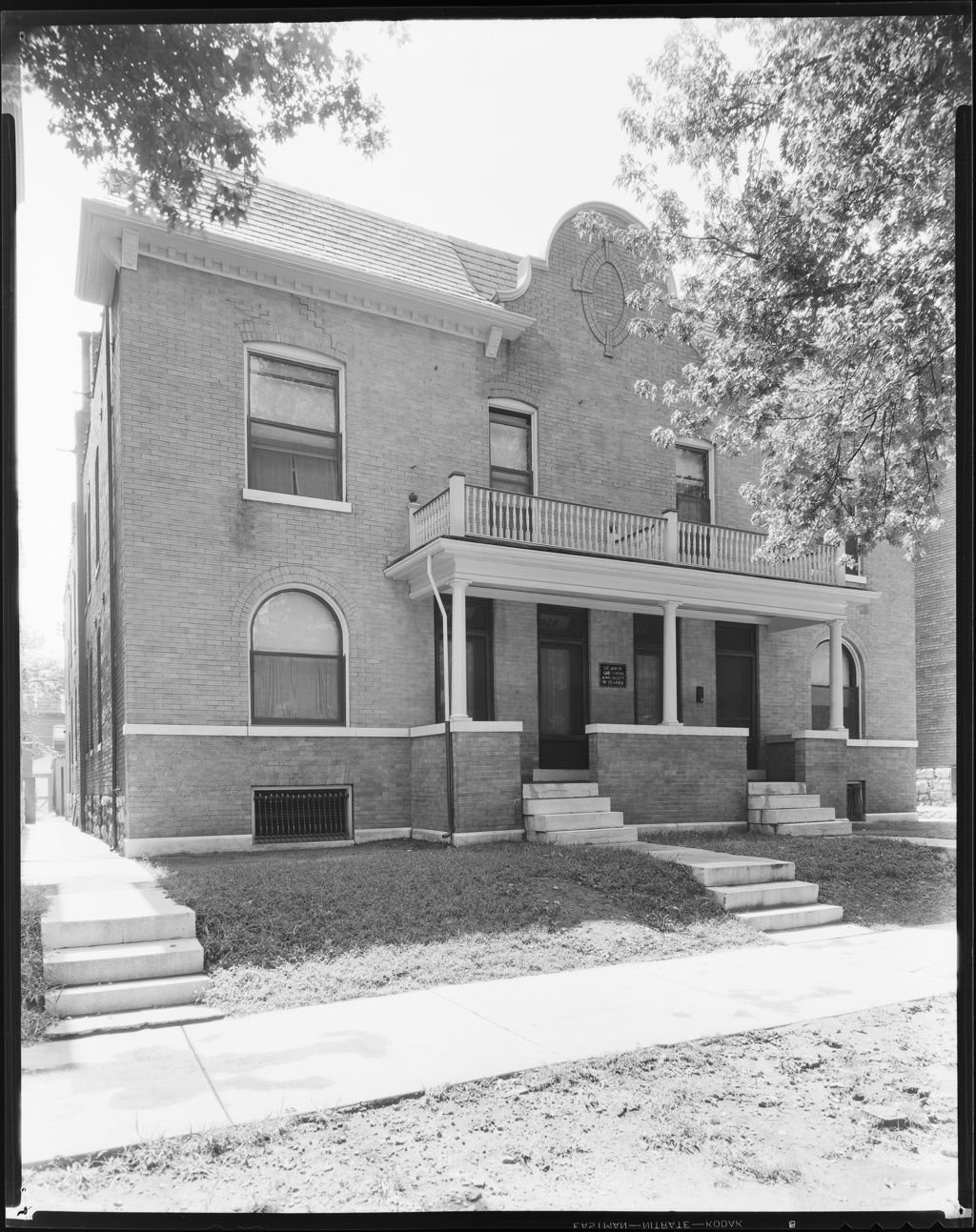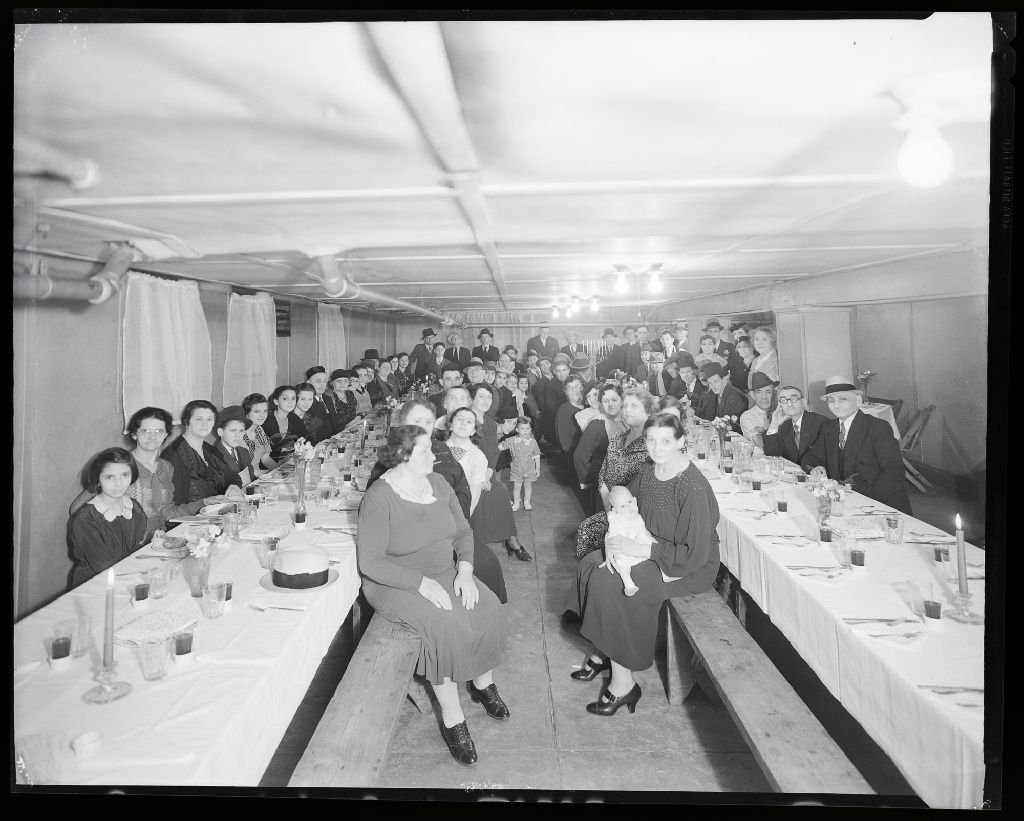My sister connected me with a Washington University history student who was researching the neighborhoods around the Delmar DivINe project near Delmar and Union.
Laura Smith was hired as a junior history intern to work on the Delmar DivINe project, where Maxine Clark, leader behind that project wanted someone to dig into the history of the surrounding areas and see what was there when it was thriving. This, along with copious community resident meetings, would help Clark and team shape the future needs with the goal of returning the area to a 15 minute neighborhood.
Laura connected us with Ms. Clark who gave us a tour of Delmar DivINe. We documented this visit back in October, 2022.
The main goal of Laura’s research was to get an understanding of the history of the neighborhoods surrounding Delmar DivINe (Academy, Visitation Park and West End). The questions they had were:
What made this part of the city successful?
What is now missing after decades of population loss?
What was the economic background, how did the businesses support the residents?
How did the neighborhood evolve?
How can Delmar DivINe partner with the current community to provide services and help improve the area for its current residents and build for a positive future bringing in new residents and a new generation.
Their goal is to make this area thriving and self-sustained in modern times.
Laura, a St. Louis resident, grew up in South City. And like many St. Louisans (and nearly all suburbanites from the County’s many cities) very few have walked the sidewalks and explored the neighborhoods north of Delmar.
The enthusiasm and discoveries people make through simple walks through the West End, Visitation and Academy are fun to witness. Laura recorded some of her favorite discoveries and curated a walking tour for Maxine and others to take visitors and future investors on some of the highlights within the area.
One of the common misconceptions most carry is that North City is too dangerous to enter, patronize and explore, or invest in. I disagree, especially on foot. Of course if you are looking for trouble and street items or services you can find it.
If you are above board and minding your own business, it is fascinatingly beautiful if not a bid sparse due to decades of disinvestment, abandonment and aging out with few young people moving in.
It’s not just the old works of architecture and reminders of street cars, but the joys of listening to the older folks who have lived here for years talk about their places. It is quite charming.
Laura experienced the same thing. There are not a lot of young people or young families in these parts, rather an aging residency. The Census data corroborates this shared experience.
Per Laura, “People want to talk and find out what you are doing, everybody wants to talk.”
Laura talked to many neighbors living in the area which helps cement and frame her historical research.
To understand this part of St. Louis, you have to know the history. Her walking tour is a great start to a deeper understanding of the evolution of this place in our city.
Her research really started around 1904, when the area’s development really took off. It was white, wealthy and upper class when it started, being close to the World’s Fair in Forest Park. There were also apartment buildings on Delmar that were built for railroad workers and were decidedly more working class.
The streetcars were essential to the area. The neighborhoods evolved over the next couple decades and shifted with the times to remain fully functional and “up with the times” as movie theaters and live music clubs evolved.
The White Way along Delmar boasted a once healthy entertainment district. Now all leveled. The stretch of Delmar from Walton to Kingshighway was nearly blocks of brilliant light, called a White Way. Over 5,000 incandescent lights lit up the strip of air domes, theaters and gardens that drew crowds in the thousands.
We pored over volumes of photos that Laura collected. It was so fun. All of the photos herein were the findings during Laura’s research.
Prior to the automobile, and shortly thereafter, the neighborhood was served by the vast streetcar lines.
There were self-sustained small businesses everywhere. They were all over the streetcar lines and embedded into the neighborhoods.
The mass exodus of people out of the city coincided with modernism, car culture and the lust for suburban living.
“This neighborhood thrived before cars, it can thrive after” - Laura Smith
Car culture crept in and the streetcar was heading toward the end and people were mobile and started moving to the suburbs.
The building below at Belt and Delmar was leveled for a parking lot directly to the east of the former St. Luke’s. It now serves Delmar DivINE. The losses were staggering.
A Nash dealer at 5841 Delmar was an early sign of the car and how it would take over. This building still stands today.
Cars were coming and would soon dominate American society. The urban fabric of the older cities would be changed forever.
Delmar took a beating as vacancy and abandonment took hold. The gorgeous Delmar Arcade building at 5673 Delmar was leveled for a non-descript Social Security building just west of Ruth Porter Mall
Much of what you see is long gone to the wrecking ball. Suburban buildings were erected or the properties were converted to parking lots or worse yet, still set vacant decade after decade with little development taking shape.
The West End neighborhoods has many churches and schools both public and private that once served the hundred of students that used to exist here.
Left to right: St. Rose of Lima, Blewett, CBC, Clark, Dozier, Soldan, Hamilton, Ralph Waldo Emerson, Visitation.
Laura explained, “Visitation Academy was popular for Spanish ambassador’s and businessmen’s daughters in the area.”
Further Smith says: “Smith Academy was an all male school version of Visitation Military school for boys which eventually closed in 1917, later becoming Blewett High School in 1931. The building was then occupied by Harris Teaching College in 1949, they left in 1963. Enright Middle School then moved in.”
Some schools were lost to fires, suburban relocation, or residential conversion; yet, some remain active including the gorgeous Soldan.
Laura put a lot of effort into the research of St. Luke’s Hospital, from it original footprint in 1902 through the modernization in the 1960s.
The nursing school and hospital photos were fascinating.
Laura interviewed a former nursing student of St. Luke’s, now in her 90’s: “She remembered every detail, it was a very formative time in her life.”
“She remembered going on dates, where the house mother had to meet the young man and vet him prior to taking flight on a date. If everything was on the up and up, a curfew would be assigned.”
She recalled a favorite movie theater across Delmar from the nursing school. The movie theater was the Delmonte Theater at 5634 Delmar.
The Delmonte Theater (architect E. Price Porter) claimed to be “The Largest One-Floor Theatre in the World” when it opened in September, 1920 with 2,800 seats.
The Delmonte closed as a movie house in February, 1927. It was converted to a night club in 1929, then to a bowling alley in 1938. (source)
Per Laura, “She mentioned there was a nearby orphanage, and given both they and the nursing students were teenagers, they hung out together because they were the same age.”
St. Luke’s had an archive that she leafed through as well as personal collections of photos and memorobilia.
When Luke’s moved to the burbs, they took just one thing from the original location: a stained glass pane from the chapel.
Laura’s research of St. Luke’s was fascinating as well.
The old St. Luke’s, was under construction in 1902 and completed shortly thereafter.
She shared pictures of the transition from the old St. Luke’s to the new Fowler Wing in the 1960s.
The modernized St. Luke’s was state of the art for its time.
There is a fascinating mix of architecture in the homes.
Most of the homes were built around the turn of the 20th Century. The 1904 Worlds Fair in Forest Park sparked building for both the workers at the Worlds Fair and some wealthy, but mostly middle class people. The neighborhood was a mix of mansions, apartment buildings for workers and middle class homes, always commingling with a large amount of store fronts and businesses that provided services for the residents.
Some of St. Louis’ most talented and wealthy lived here, like architect Theodore Link’s Cabanne home. Link designed Union Station, the original St. Luke’s Hospital as well as many other works of art.
This was not an exclusive white, Christian community, however. There was once a large Jewish community.
Per Laura, “The Jewish community long struggled to gain equality and backing from the city departments and political structure of the time. They felt ostracized at worst, and on their own at best.”
“The German Jewish population was wealthy, educated and successful in business and community despite the city’s lack of interest. South of Delmar was a large Russian and Eastern European immigrantsJewish population; they were predominantly poor, sick, uneducated and living in tenement housing in terrible conditions.”
They eventually moved west to the suburbs like Creve Coeur, MO and Clayton, MO.
in fact as Laura pointed out, Jewish Hospital (now Barnes - Jewish) started along Delmar. They struggled to get their footing to expand and prosper in the West End.
“Pre-WWII the Jewish population had Jewish Hospital here. The Jewish Hospital had been open since 1902 at 5415 Delmar. Prior attempts to create such a hospital had cited the need to care for the poor Jewish refugees of St. Louis; however, when the Jewish Hospital became a reality, it did so under the directive to afford care to the sick and disabled of, "any creed or nationality." By 1905, additions to the original hospital building were already required to accommodate more patients, marking the first in a long line of expansions the Jewish Hospital would undergo over the years. The expansions went from 30 beds to 100 beds The hospital was also made to serve kosher meals by the Orthodox Jewish leaders who would not support the hospital until they followed through, however this never came into fruition until the Kingshighway expansion and union with Barnes Hospital. By 1915, the hospital was treating close to 2,000 patients annually. The following years made it clear that further expansion was needed, and in 1920 the hospital purchased land on Kingshighway Boulevard for the purpose of erecting a larger hospital building. The Delmar location was sold, and, following years of construction and funding campaigns, the hospital at 216 South Kingshighway Boulevard was dedicated in May 1926. Jewish Hospital opened specifically to help immigrants from Russia, Ukraine, and Romania during the Russian Empire. It took Jewish Hospital 10 years to get a permit from the city. It was started by donations from a small group of women.”
In 1927, The Young Men’s Hebrew Association moved from 3645 Delmar, to Union and Enright. At that time, the Union Avenue location was the geographic center of the St. Louis Jewish population.
To honor this part of history, Maxine Clark worked with local chef, Ben Poremba, to create a Jewish deli in Delmar DivINe.
There is also a rich Black history in this part of the city.
The white and Jewish populations started leaving in droves after WWII.
This part of the city started to integrate with Blacks at that same time.
Per Laura, “Integration saved the neighborhood in a sense, the vacancy was so intense. The activism was kicking in 1970s/80s for Black advocacy. West End urban renewal plan was in 1968. Black people saved the area from completely falling.”
Soldan was the first integrated SLPS school.
The area was 1.5% non white in 1940. By 1960 it was 60% non-white, a huge transformation that changed the neighborhoods rapidly.
The West End Rehabilitation organization that held sway in the 1970s/80s played a part in the “what now” era. Many positives were the results of their work, including community gardens and park cleanups and demo of the worst buildings. They were also essential is saving some of the historic buildings and districts. They also played a part in the suburban homes being erected in the place of the old beauties along Enright and Clemens Avenues.
Laura wanted to understand the economic transition following the obvious race transition from white to Black.
The city stopped investing when the area became nearly all Black.
The alleys being former street car lines (Hodiamont Tracks) was an eye opener for Laura. Residents post-WWII were highly connected with streetcars. Bakeries, hat shops, 15 minute city. Schools, walkable, easy to live in. It was successfully integrated white and Black at that time.
The damage coincided with the street cars being shut down in the 1960s. The 1970s was toughest for vacancy.
Laura explained, “There was no critical mass of people who cared and it fell fast. The mansions were too hard to maintain. They quickly fell into disrepair when the wealthy left for the suburbs. The city turned its back on the community and didn’t provide the basic services that other parts still got at the time.”
The West End Community conference was an essential part of Black history, with Ivory Perry a famous activist, et al in the 1980s.
In the 1950s/60s, Homer G. Phillips and Luke’s were among the largest hospitals in the city.
Luke’s accepted the first Black woman to the nursing school in the 1960s, yet the first person of color was Hispanic/Latina. By the 1970s St. Luke’s was fully integrated.
The tragic turn was implemented by the city and the realtors associations when they rated most of the neighborhood B and C grade on redlining maps. That harmed the ability to get loans and open businesses.
By the 1950s Blacks could buy homes here.
“Black people stabilized the neighborhoods and continue to do so today.”, said Laura.
By 1984 St. Luke’s closed and the west end development plan took place around 1985.
Per Laura, “Westward migration hit this area hard. It was family oriented and tight knit, it was gone in 20 - 40 years, it has never recovered after the first one or two generation left. Yet, it remains stubbornly solid and whole and charming with old people still living there. Young Black families are not something I would say is a strong presence today.”
“By 1985 there was a 50% vacancy rate of all houses and business properties. The bones are still here, you just need to fill it. With everyone, anyone! This can happen through community approved investment, as not to pose a familiar threat to get pushed away again. Delmar DivINE wants to be and is a catalyst and a place of caring. Look no further than the bank that was added to Delmar DivINe, it is the first in the area in years, and a Black-owned bank to boot.”
“The music festivals in Ivory Perry Park are a perfect example of the impact that Black folks have made to the neighborhood.”
“They are definitely being included in the decision making processes that Delmar DivINe is working on.”
The future and final thoughts -
“There is so much room for perfection here.”
Laura said, “Just go for a walk and take it in. Allow yourself to disregard a bias for a moment. This is beautiful and safe and just simply emptying out. It is gorgeous. It is perfectly located. There is the need for love and listening followed by investment, action and new breadth of people.”
“The neighborhood was so well planned and meant for families. Small business is what these neighborhoods need. The spread from Delmar DivINe is the goal, if not a starting place.”
Delmar DivINe is familiar with the negative consequences of crude gentrification. “I don’t see this as gentrification, rather investment with Delmar DivINe as a catalyst. It is community focused engagement and execution. What do you need? How do we get it?” Gentrification is a concern and a topic of discussion. Black people have been here in large numbers since the 1960s, which is a generation or two. It was white for a generation or 2 or 3. Things change as the older generation ages out.”
“Delmar DivINe wants to be seen as a shot in the arm with Black people embraced and part of the future. Investing in this property will bring more investment in the neighborhoods.”
“Maxine Clark wanted mixed uses, mixed income levels, mixed races. She went to community meetings regularly and gained the trust. Her investments and ideas are embraced in consensus.”
“They worked for a new bus stop and are pressuring refuse to do their job. She obviously cares and can do more than complain behind a keyboard.”
“Demo is less of an issue these days, but many are beyond repair and will get to demo status.”
Laura pieced together Sanborn maps that took an entire summer. I am unable to format these well enough to post them here. But, the staggering amount of abandonment and demo over the decades is staggering. So much has been lost. Maxine is framing the maps…even if I can’t figure out how to show them. So, they will live on at Delmar DivINe.
In my opinion, Laura’s work should be donated to a SLPL or the Missouri Historical Society. This is hours of work and from one of us, a city resident.
Finally from Laura, “This is a gorgeous place. It is under-documented as a place of study by the privileged, the college students. It is changing. There is no reason for fear here, only hope. All eyes, all wallets, all love for a better future in this part of St. Louis.”
“No race owns a place. People come and go. Integration and strength and diversity are the places that survive, monoculture is tiring and boring and temporary. Look no further than Chesterfield as an example.”
“There is a mindset here. You gotta fix the city. It is so worth it.”
For Laura’s full written history, click here to learn more.
Thanks to Laura Smith and Maxine Clark for taking time to meet with my sister and I to learn more about the city we love.




